"A hammer cannot scratch a diamond, but the hammer can break the diamond into a thousand pieces!" How is that possible? Taking the hardness scale as a guide when choosing your gemstone will go a long way, but there are some exceptions. Namely, a gemstone can be scratch resistant (hard) but still get sidetracked quite easily. It can, too, if it gets hit from just the wrong angle, split apart. This includes the emerald and the topaz. Written by: Cecilia Kores
In the previous article Which gemstone should you choose for your jewelry? did you learn that the hardness scale is one of your most important tools for selecting gemstones for your next piece of jewelry, because hardness determines how easily your gemstone scratches when you wear it!
The longer you can avoid scratching your gemstone, the longer your jewelry will stay beautiful and sparkling!
Because it is the small, microscopic scratches that ultimately make a stone dull and dull. (Click here to see which gems are the hardest and stay fine the longest.)
But there are some exceptions to when the hardness is not everything!

Light green sapphire ring with diamonds and Jade Petite Wave Half with diamonds, Mumbaistockholm
For example, it has to do with the risk of a stone being bumped against the edge and splinters coming off, or of it breaking completely.And to understand this, we need to know what hardness actually is.
What makes a material hard is how tightly bound the atoms are. A stone becomes harder to scratch if the atoms are very tightly together! The atoms in diamonds, for example, have the world's strongest bond to each other, which is the reason why it is basically impossible to scratch a diamond! no scratch.
But the pattern in which the atoms sit is called cleavage). And there are some gems that have what's called perfect cleavage - if hit from just the wrong direction, they can actually split (so a stone can be split into two pieces). And this is the case with, among other things, diamonds and topazes.
In them, the coffin atoms lie in perfect planes stacked on top of each other. (Usually, they're holey about noise.) And the atoms stick together more tightly within the plane than between the plane - so if a rock gets hit right where the planes line up then the planes can detach from each other and split into two crystals. But in order for it to succeed, you need to hit the diamond or topaz from exactly the wrong angle, that is - exactly where the plan is aligned.
So even though the diamond and the topaz are very hard, they can break.
That's why they say a hammer can't scratch a diamond - but the hammer can break the diamond into a thousand pieces!
 Diamond jewellery, Mumbaistockholm
Diamond jewellery, Mumbaistockholm Now you don't have to go around worrying about your diamond breaking just because you hit something, but the biggest risk of a stone breaking this way is actually before you have it in your piece of jewellery, for example in case of stone setting. If the stone setter presses the claws together at just the wrong point on the stone - which can happen even to a very good stone setter - then the stone can break!
That is why it can be a big risk to remove a stone from an old piece of jewelry - for example, which you inherited or bought at auction. Very often, after many years of use, the stone has chipped under the claws and it will not be possible to fit it back into a new piece of jewelry without it breaking. So if you want to keep a gemstone, please keep it in the piece of jewelry it's already in. If you don't like the look, it's better to sell the piece of jewelry in its entirety at auction and invest in a new piece of jewelry that you really like!

Ring with morganite on the plate and mixed diamond rings, Mumbaistockholm
The topaz then? Which is not as hard as diamond? It is probably easier for you to break a topaz than, for example, a tourmaline or morganite, if you were to drop your piece of jewelry down a flight of stairs and it landed on a stone floor. The difference is that - if you are unlucky - maybe a tenth of the topaz will be gone and there will be a flat line where it has broken. Compared to a tourmaline where maybe just a small uneven chip has come off. With the topaz, a larger piece will probably have fallen away where the stone has layered - which is due to the fissibility of the topaz.
Do all gemstones have the same risk of getting small chips then? It roughly depends on the hardness, so this is how you can follow the hardness scale.
But there is actually an additional factor that can make hard rocks brittle. And that is if the stone has many inclusions.
Such a stone is the emerald.

Brigitte Ring with diamonds and ring with morganite in focus, Mumbaistockholm
Those of you who have ever looked at buying a larger diamond have probably noticed that inclusions are an important factor that determines how fine and expensive a diamond is. One is ideally looking for a completely clear stone with as few inclusions as possible.
But the emerald is one such stone that has many inclusions - and this makes it very fragile, despite being so hard!
An emerald is formed under very chaotic conditions - there is high pressure from different directions so the crystals are not allowed to grow in peace, which means that the crystal develops a lot of internal inclusions and cracks.
A chain is not stronger than its weakest link - so if there is an internal crack in the emerald, there is a high risk that it will split right there. The more inclusions and cracks, the more exposed it is.
If you want an emerald ring that will last a very long time, it is actually required that you find an emerald that is basically crystal clear, because it is only then that it becomes durable!
But a completely clean emerald without inclusions and cracks is as expensive as it is rare... and msteam just loves this mystique around emeralds. Msteam actually considers the emerald to be the most exclusive gemstone!
I have seen international jewelry brands that only work with diamonds and emeralds, because it is so luxurious!
(An interesting tidbit is that emerald belongs to the same stone family as aquamarine, morganite and heliodor - all are in the beryl family of stones. But are aquamarine, morganite and heliodor equally fragile? No! They grow in much more peace and quiet and do not have the same amount of inclusions. It is much easier to find clear aquamarines than it is to find a perfectly clear emerald. The emerald has this problem precisely because it has very different bonding conditions when it grows in the bedrock. But do you get a crystal clear one emerald is therefore as stable as an aquamarine!)

Light green sapphire ring with diamonds and diamond jewellery, Mumbaistockholm
There are some more stones that are like the emerald and naturally have many inclusions. For example, rutile quartz, but also bi-color stones such as watermelon tourmaline. It is the chemistry in the rock that needs to change for the stone to change color in the middle - and then the crystal changes, which creates chaos and pressure changes in it, and this means that there are very often small cracks in the stone. And it is precisely when there are small cracks that - if you get a blow from just the wrong angle - the crack risks splitting the stone into several parts.
How can this new information help you choose stone?
Unfortunately, there are no researchers and scientists who have sat down and made a ranking and given points according to the Mohs scale of hardness and then points for fissibility and then summed them up and made a list, exactly these stones you should choose (and believe me I have looked).
So how are you going to think then?
My advice to you is to go by the hardness scale, because it says a lot both about how easily they get scratched and how well your stone will withstand blows and external stresses without breaking or chipping. A soft stone (with a hardness of 7 or below, e.g. amethyst, citrine, moonstone, opal, pearl and coral) often chips more easily than a hard stone and is thus both more easily scratched and fragile. But the exceptions among the hard stones are that especially emerald and topaz are relatively fragile despite their hardness. This means that even if they are rarely scratched, they can chip and break more easily if they are subjected to a hard blow.
Now that you know the hardness scale - and also the exceptions - it will be much easier for you to choose the gemstone. The more you know, the better decision you can make when choosing your next piece of jewelry.

Listen to Episode 5: How can a hard gemstone still be fragile? Emerald and topaz by Smickespodden directly below or click here .

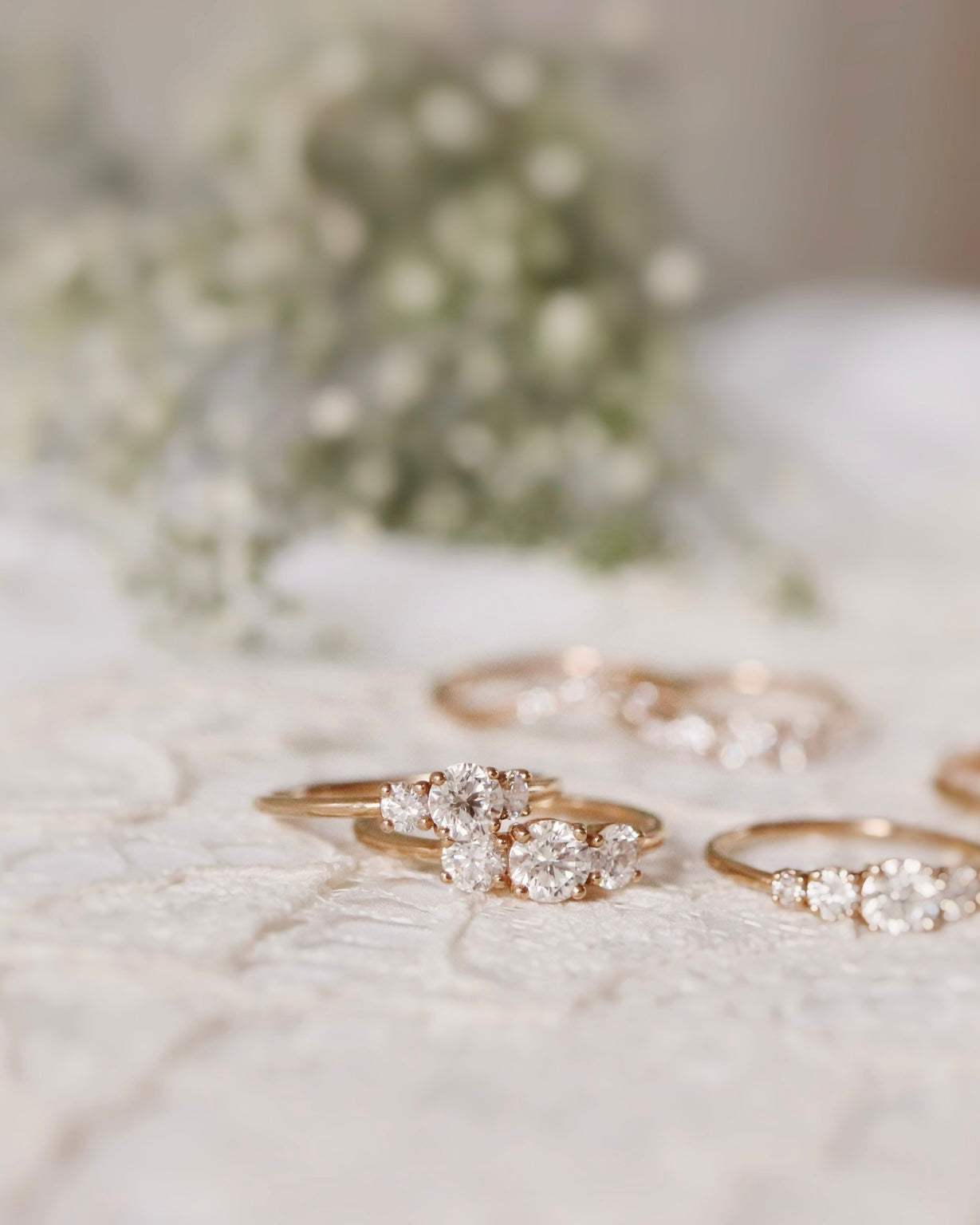
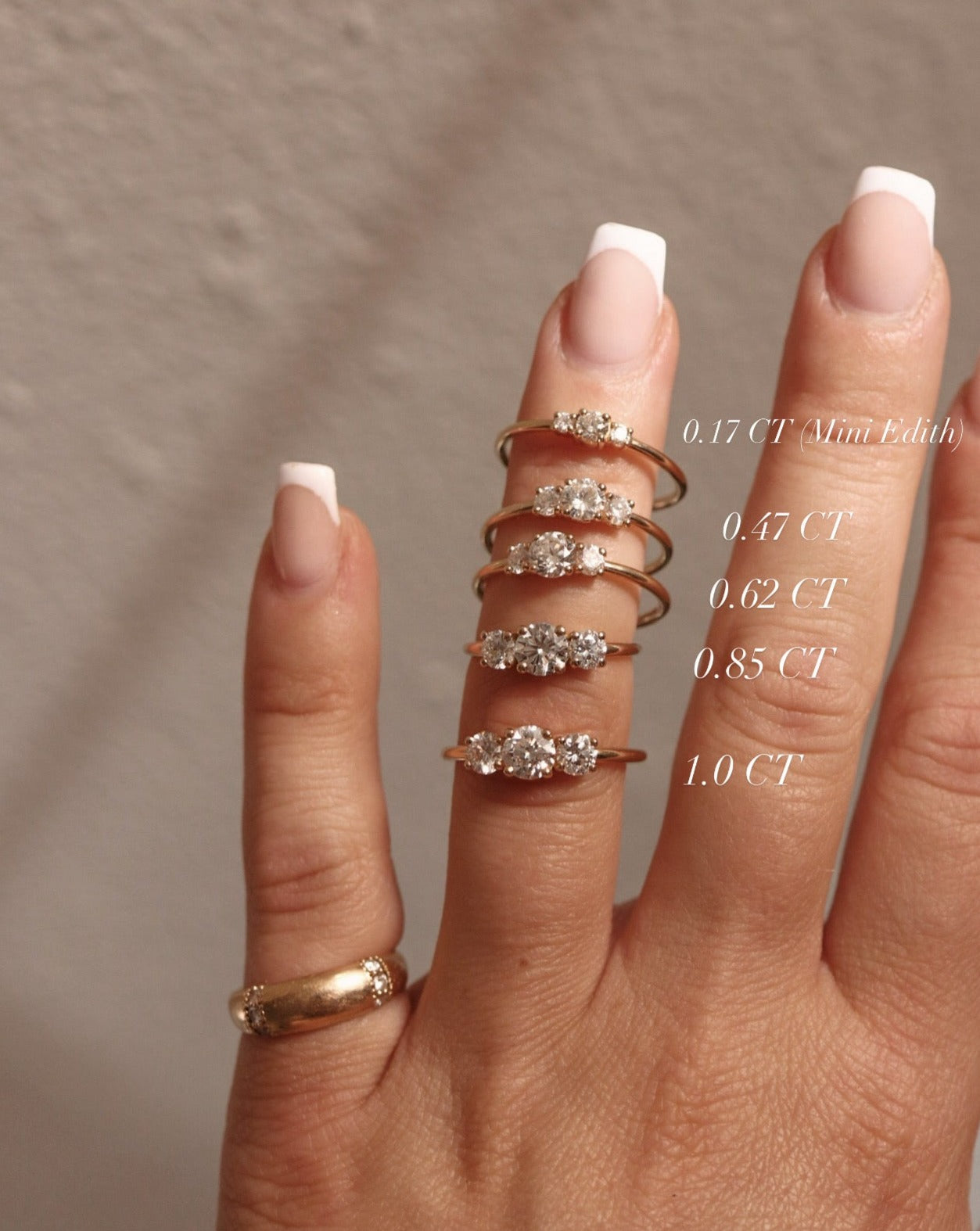
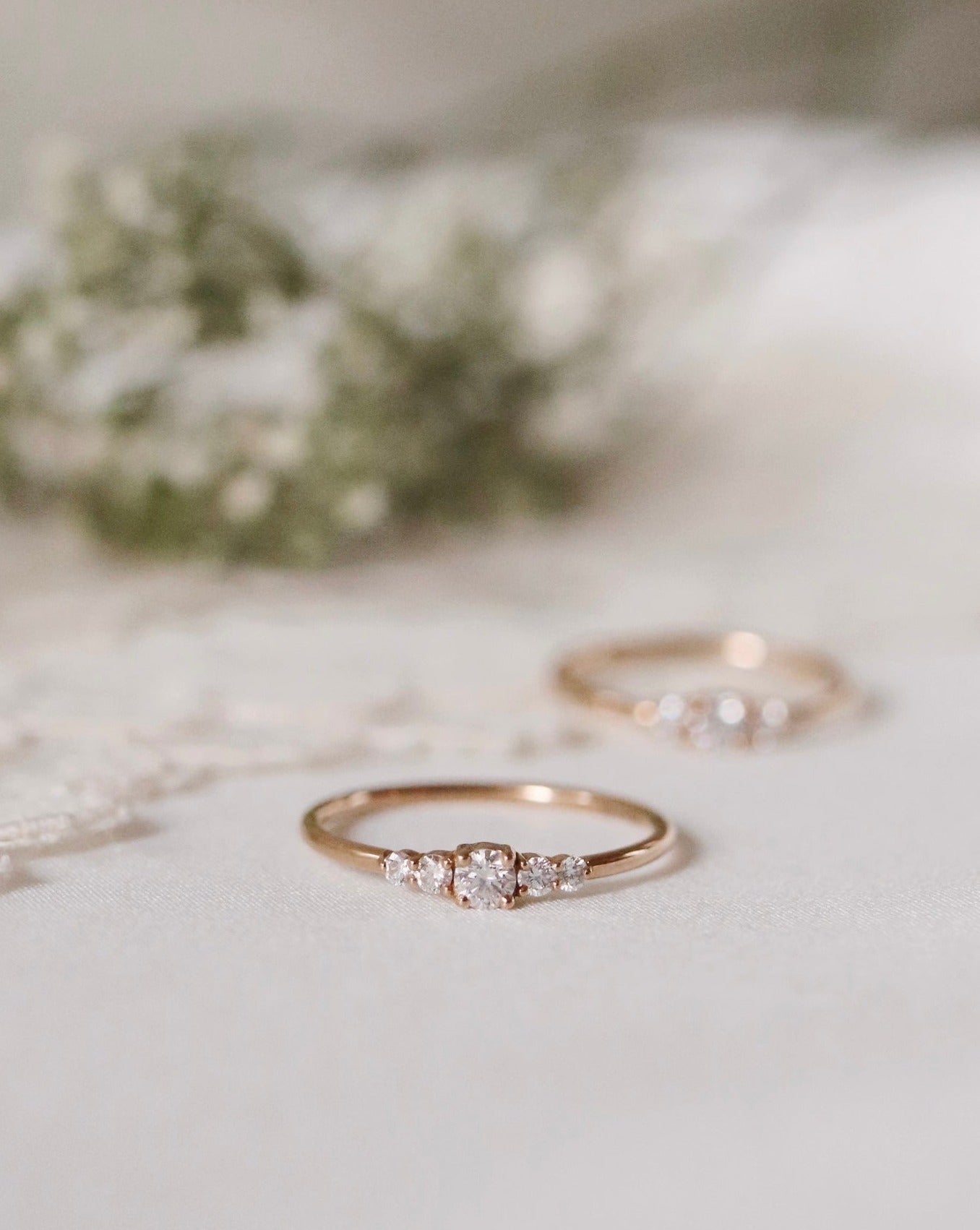


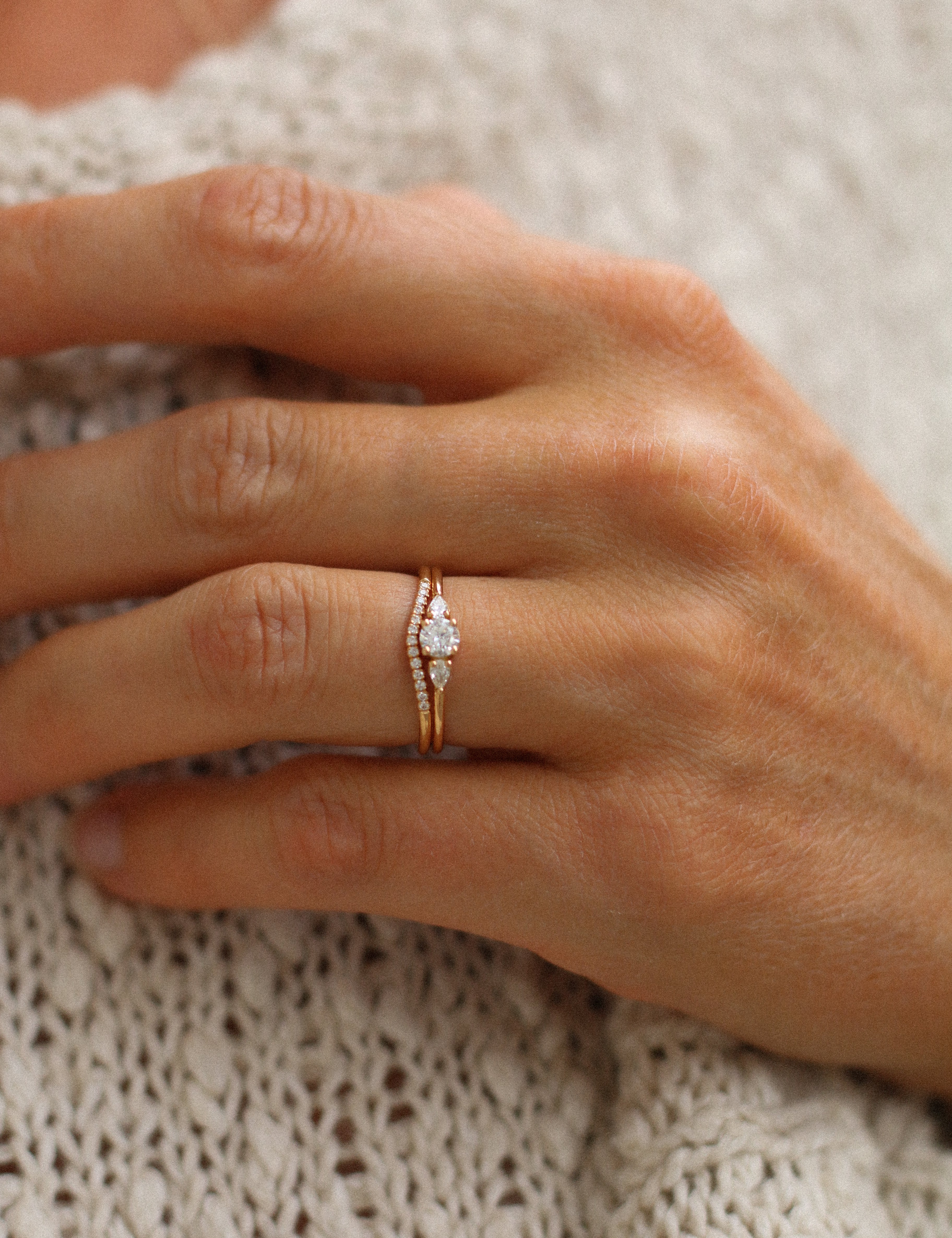
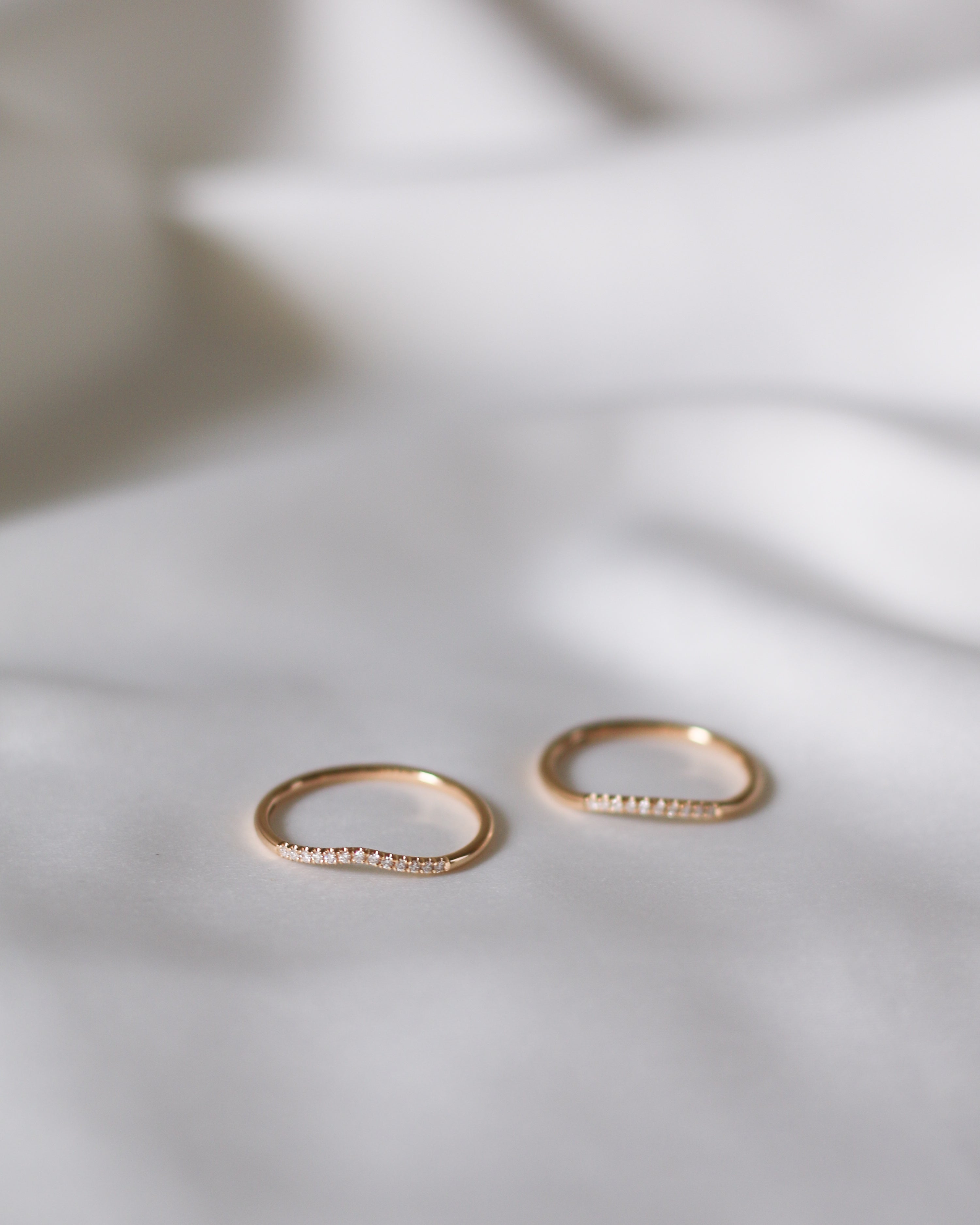
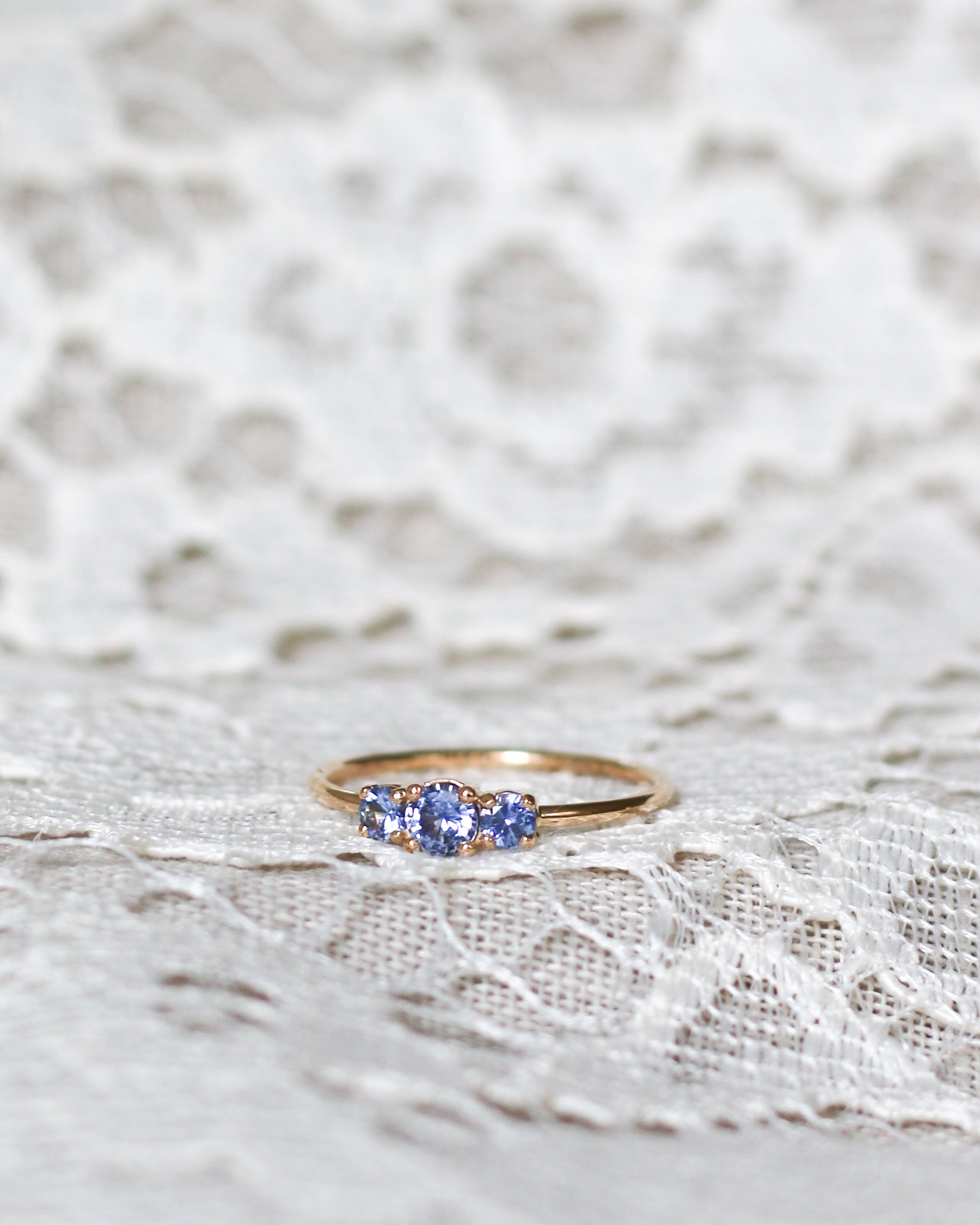

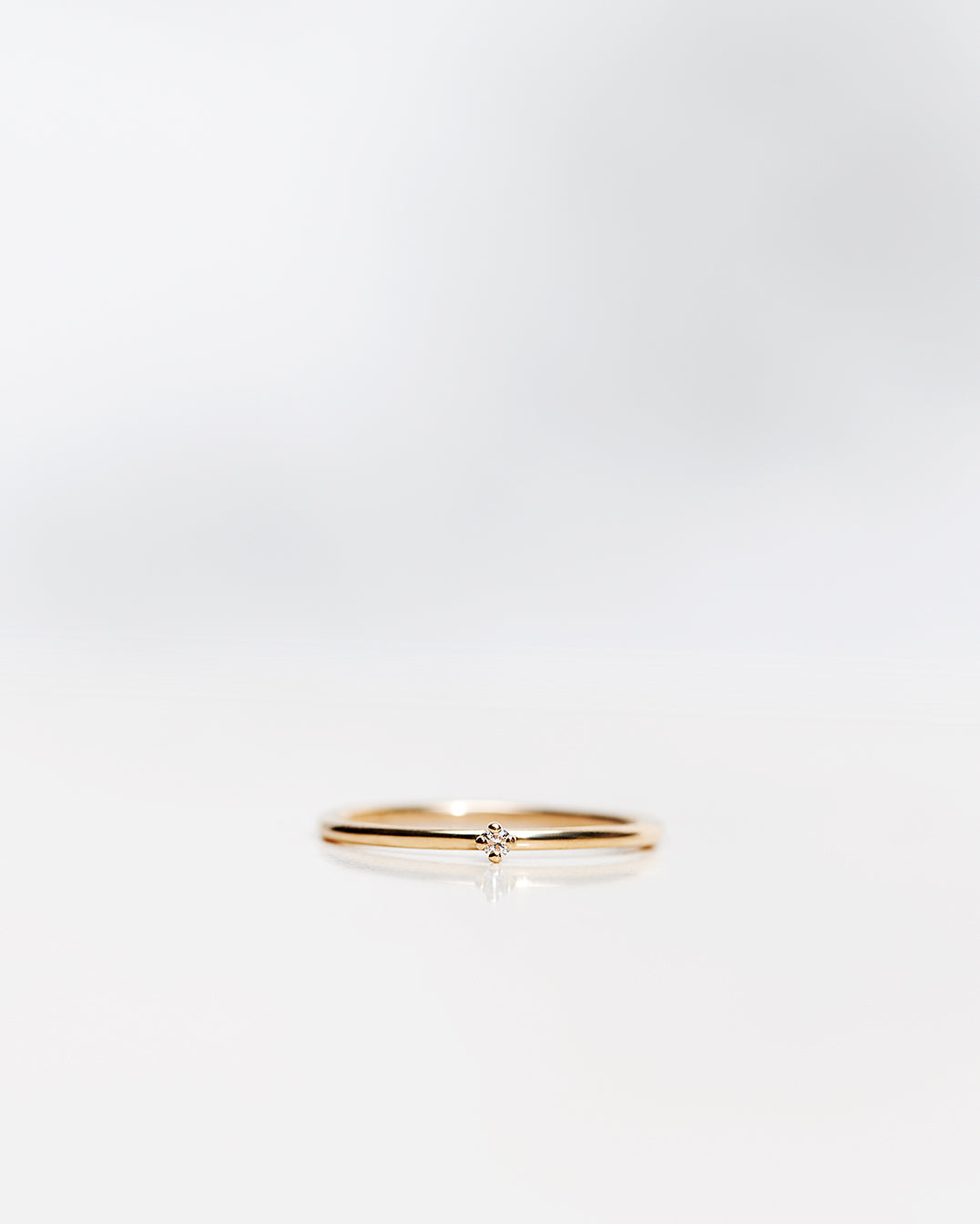

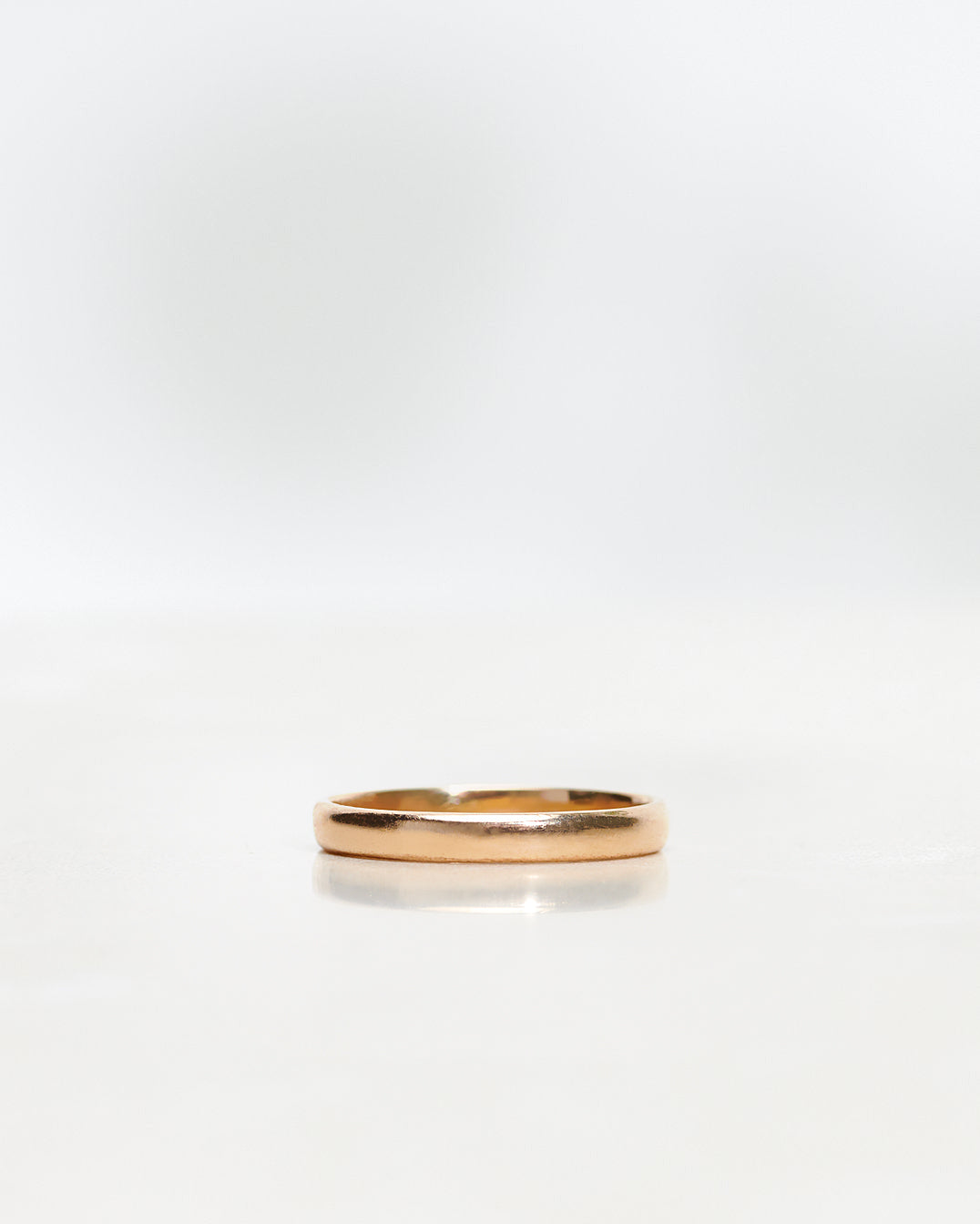
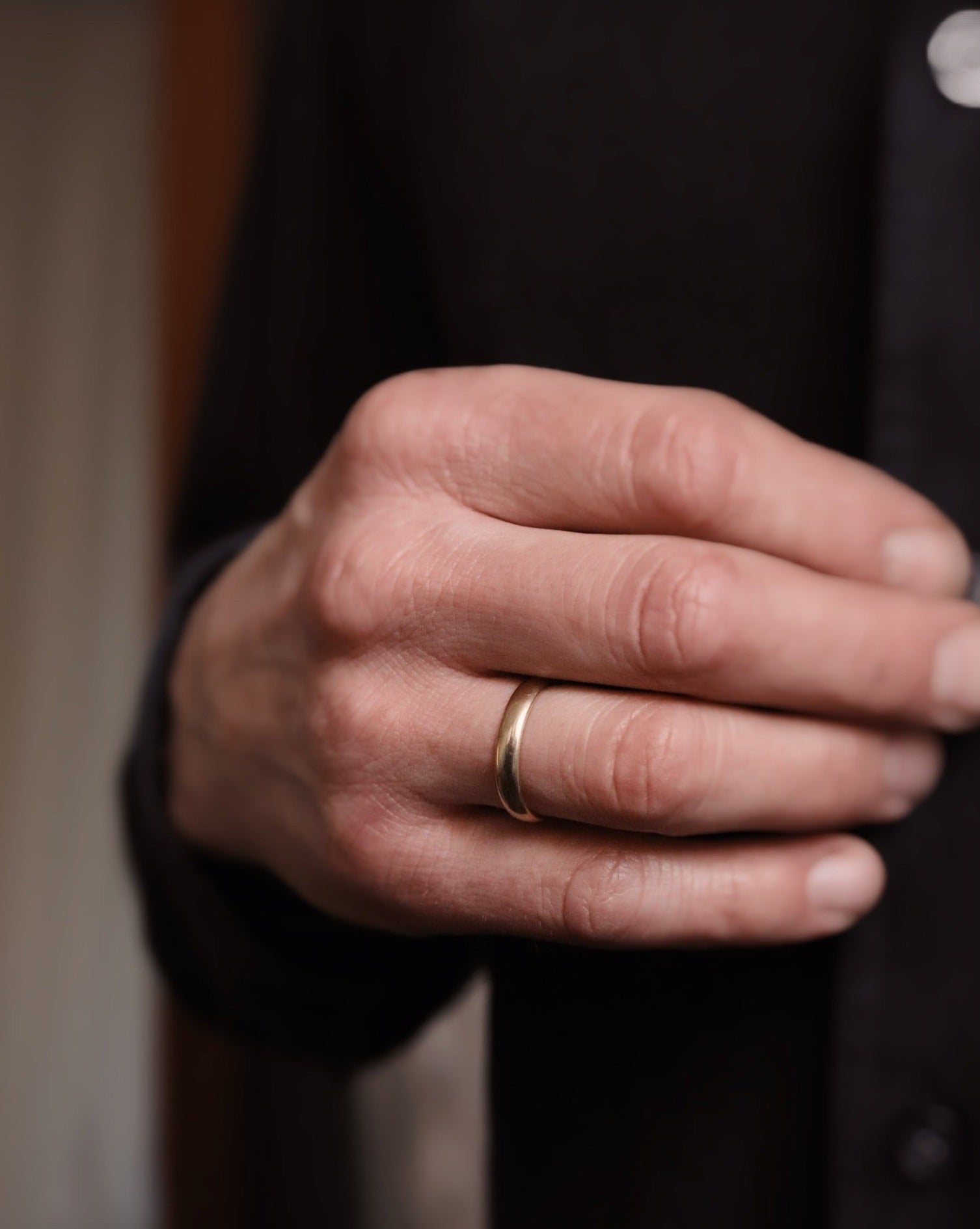
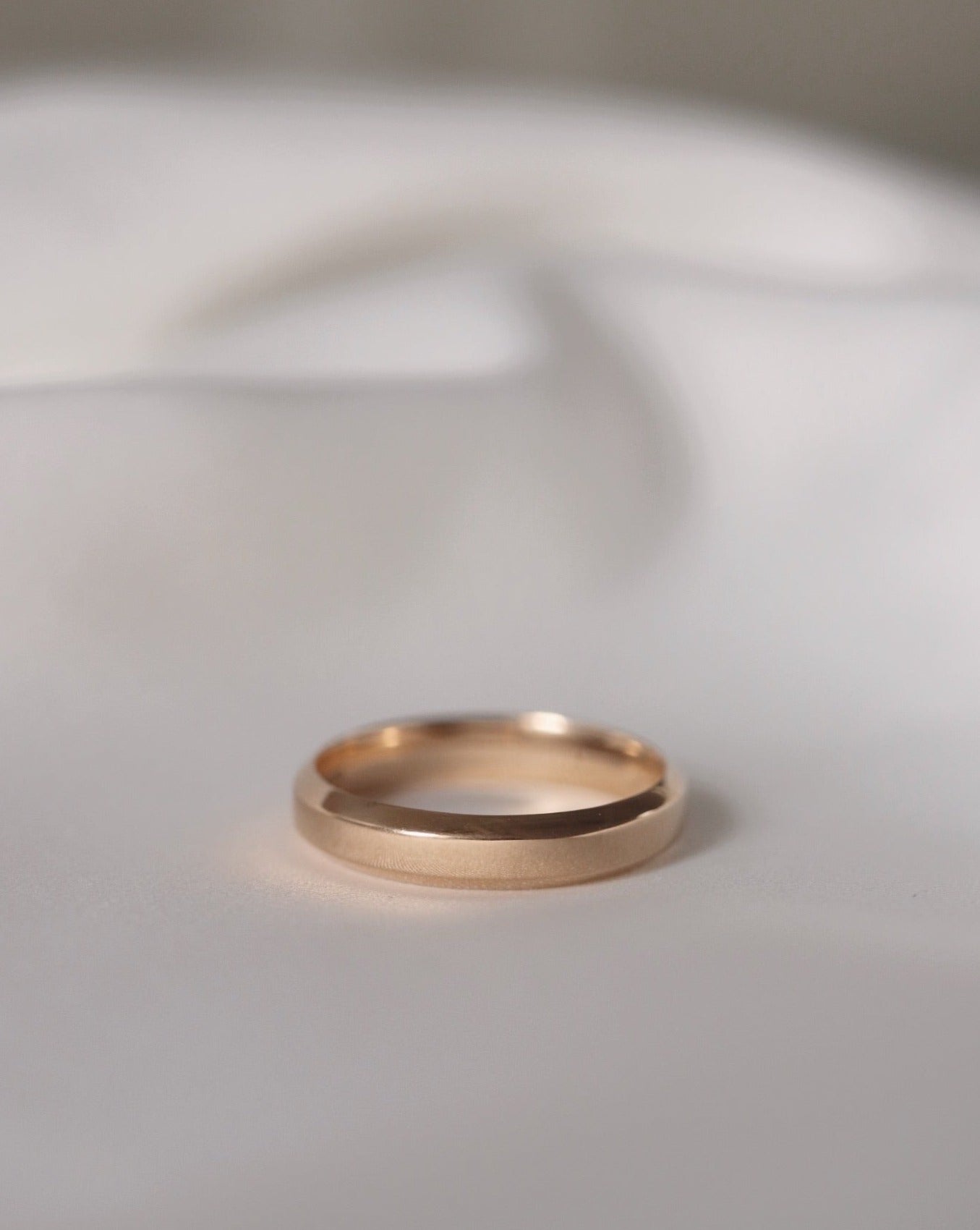
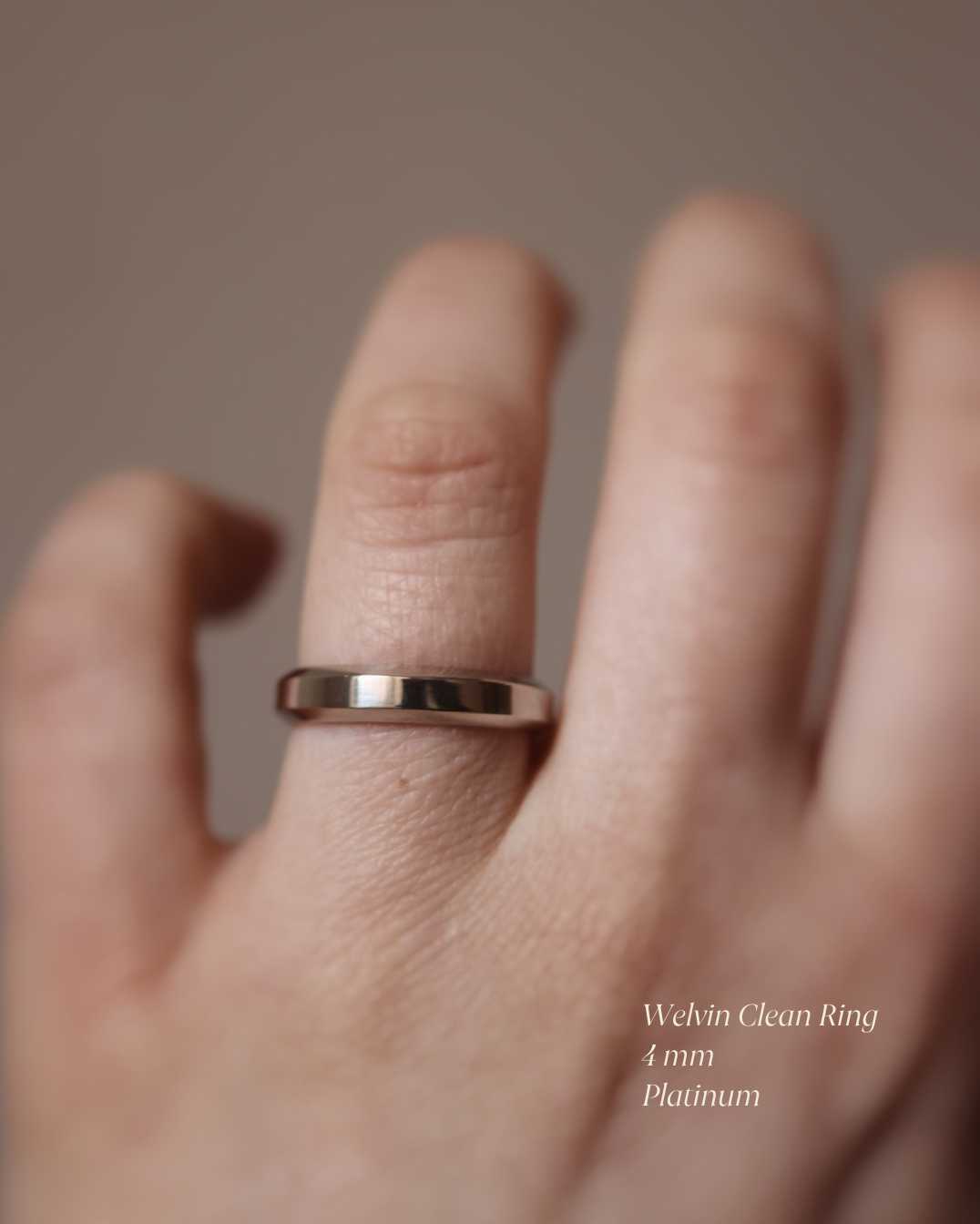


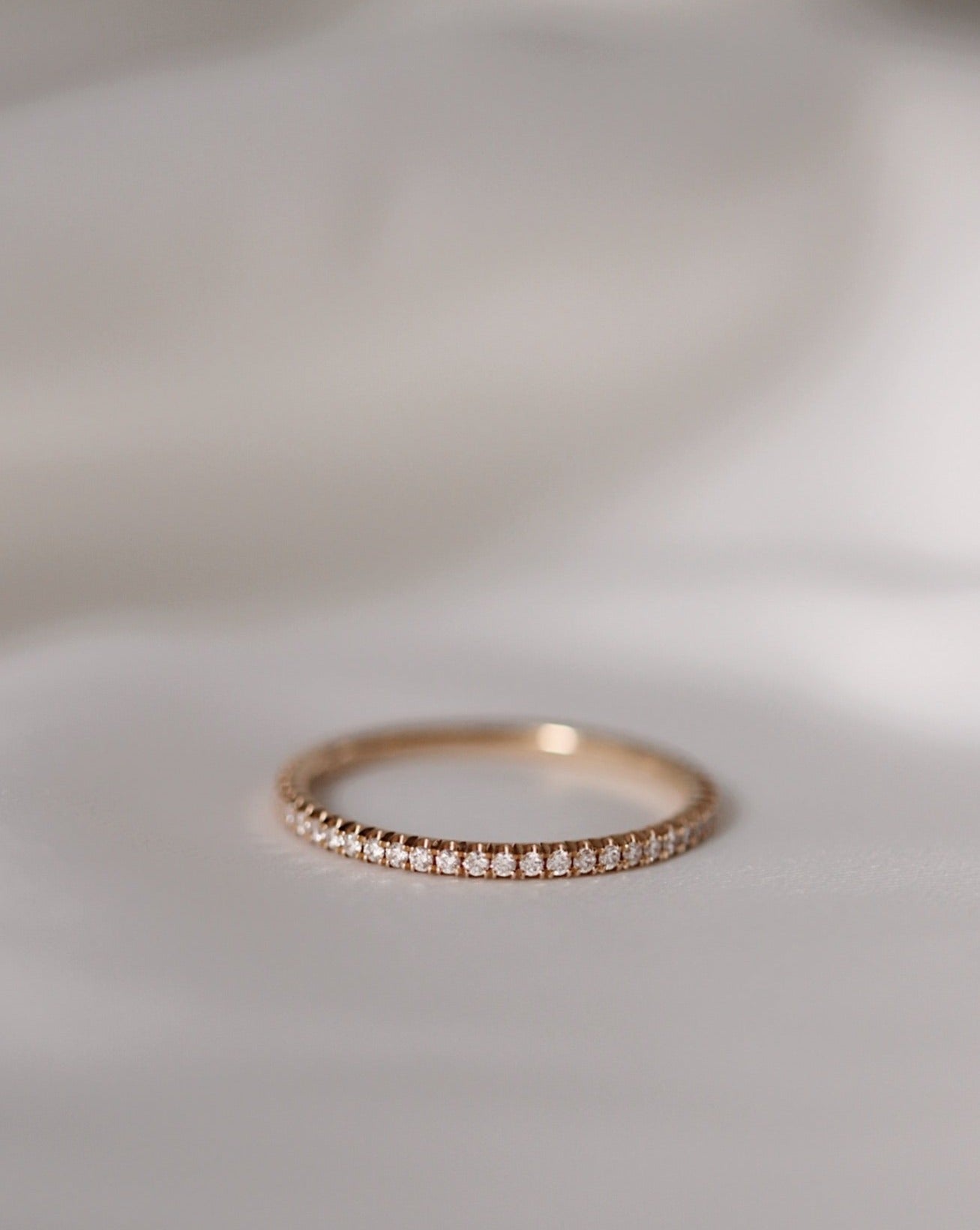
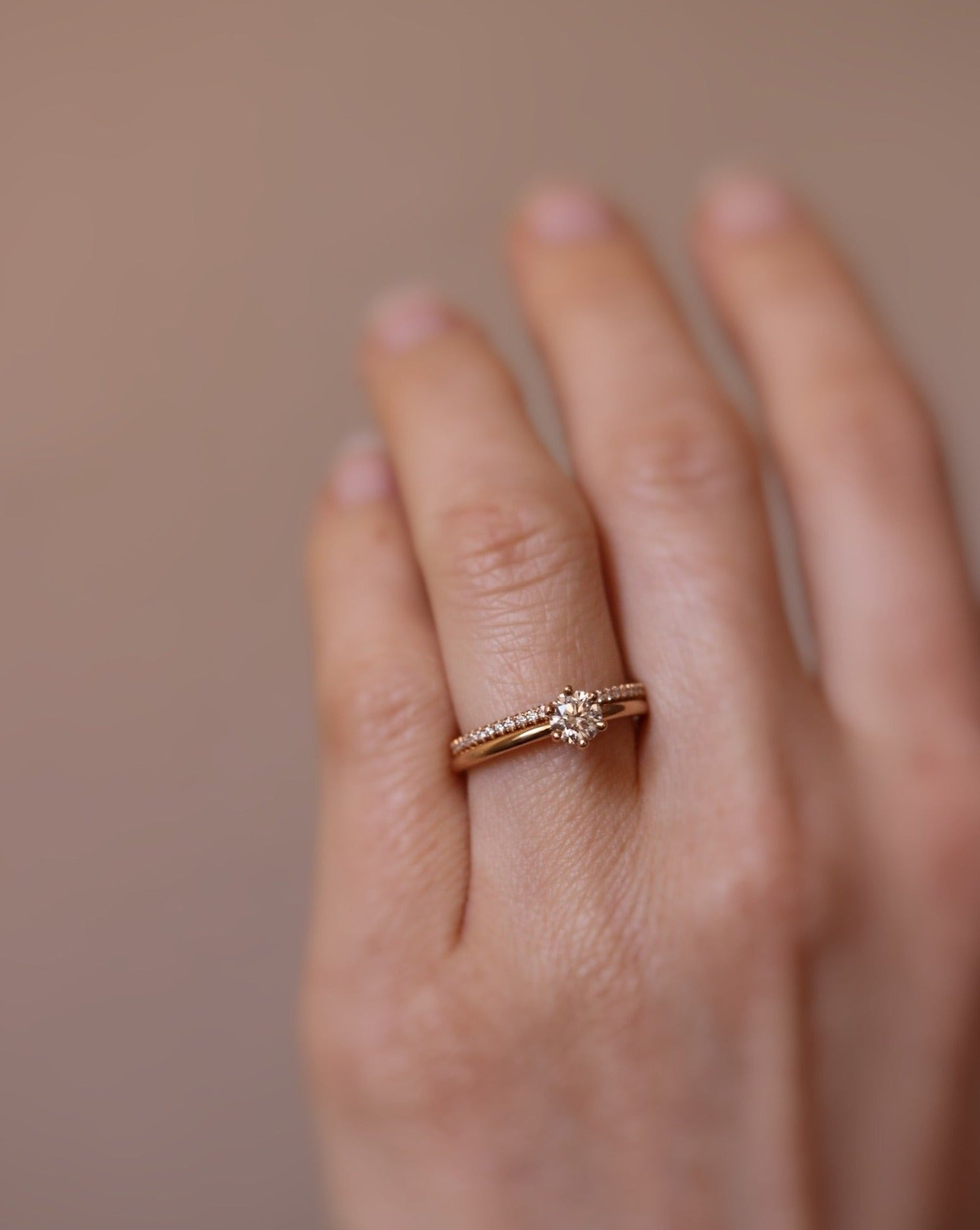
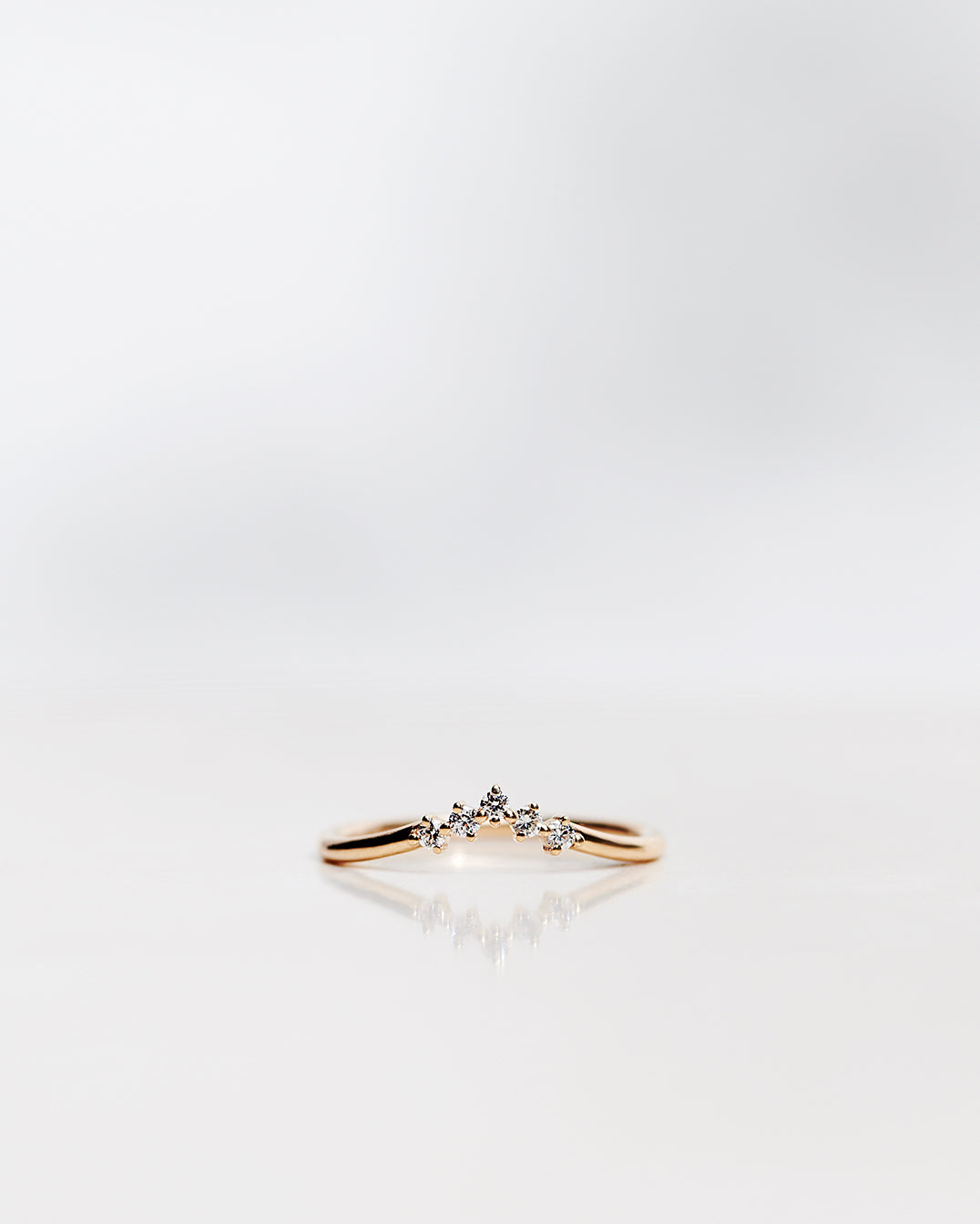
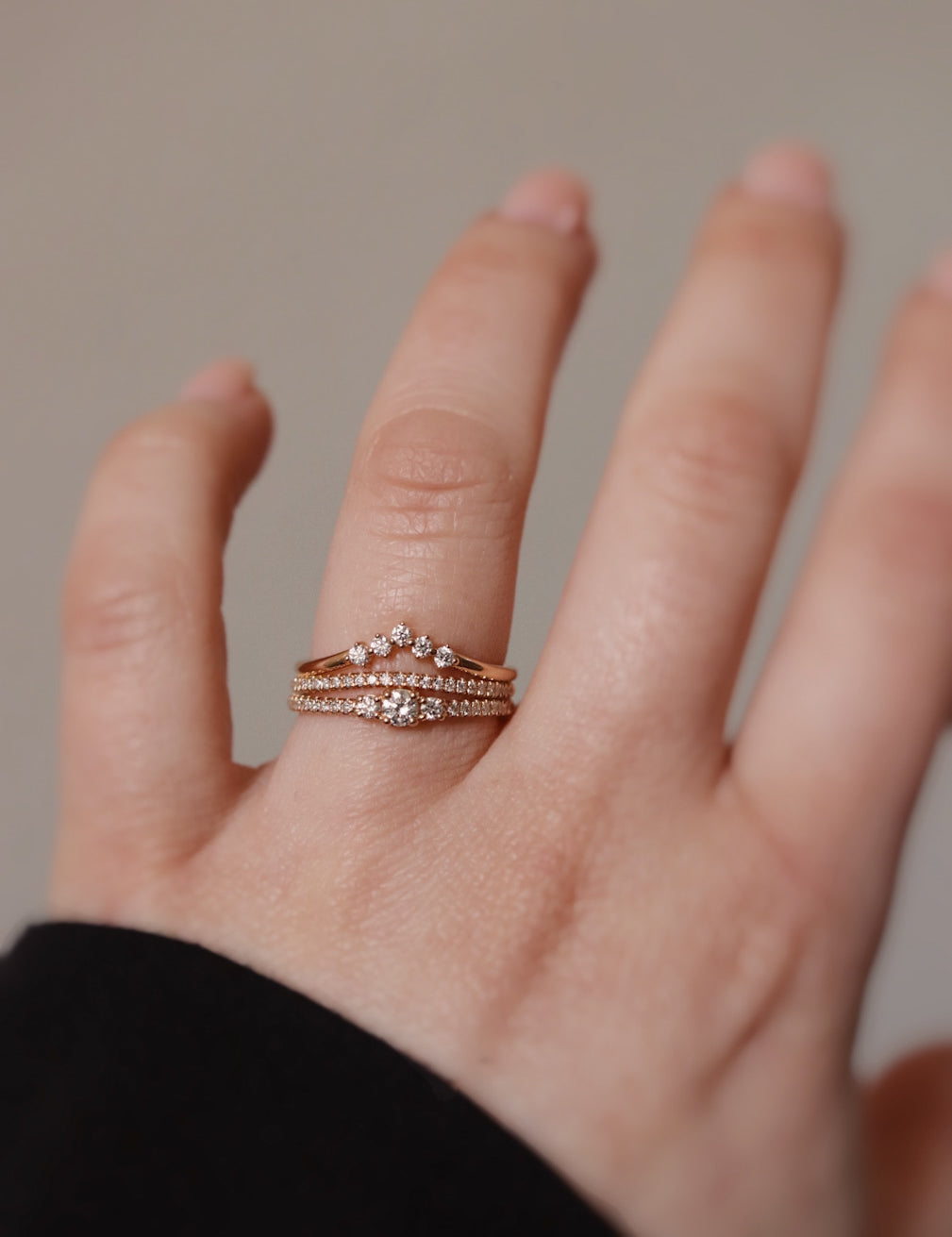
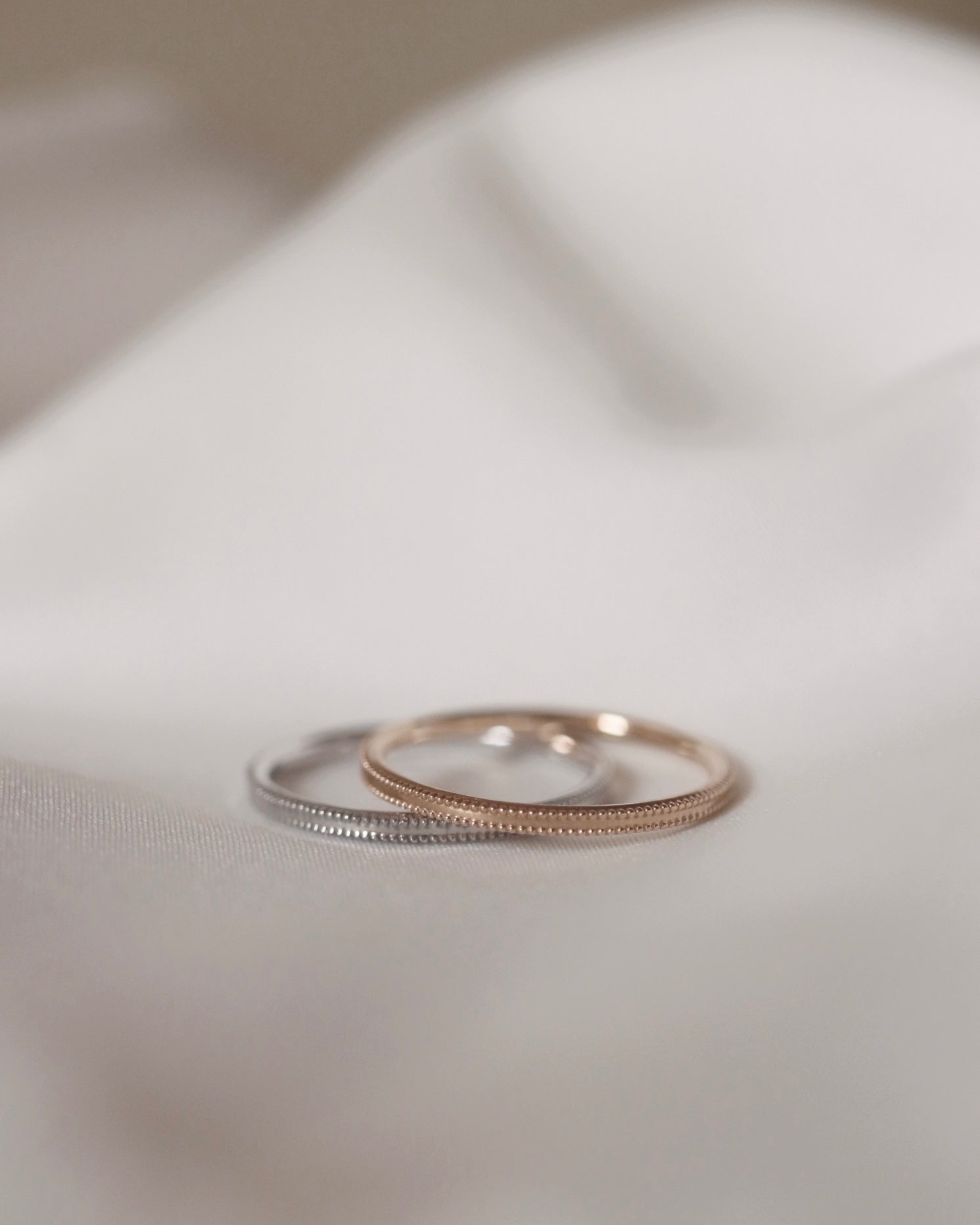
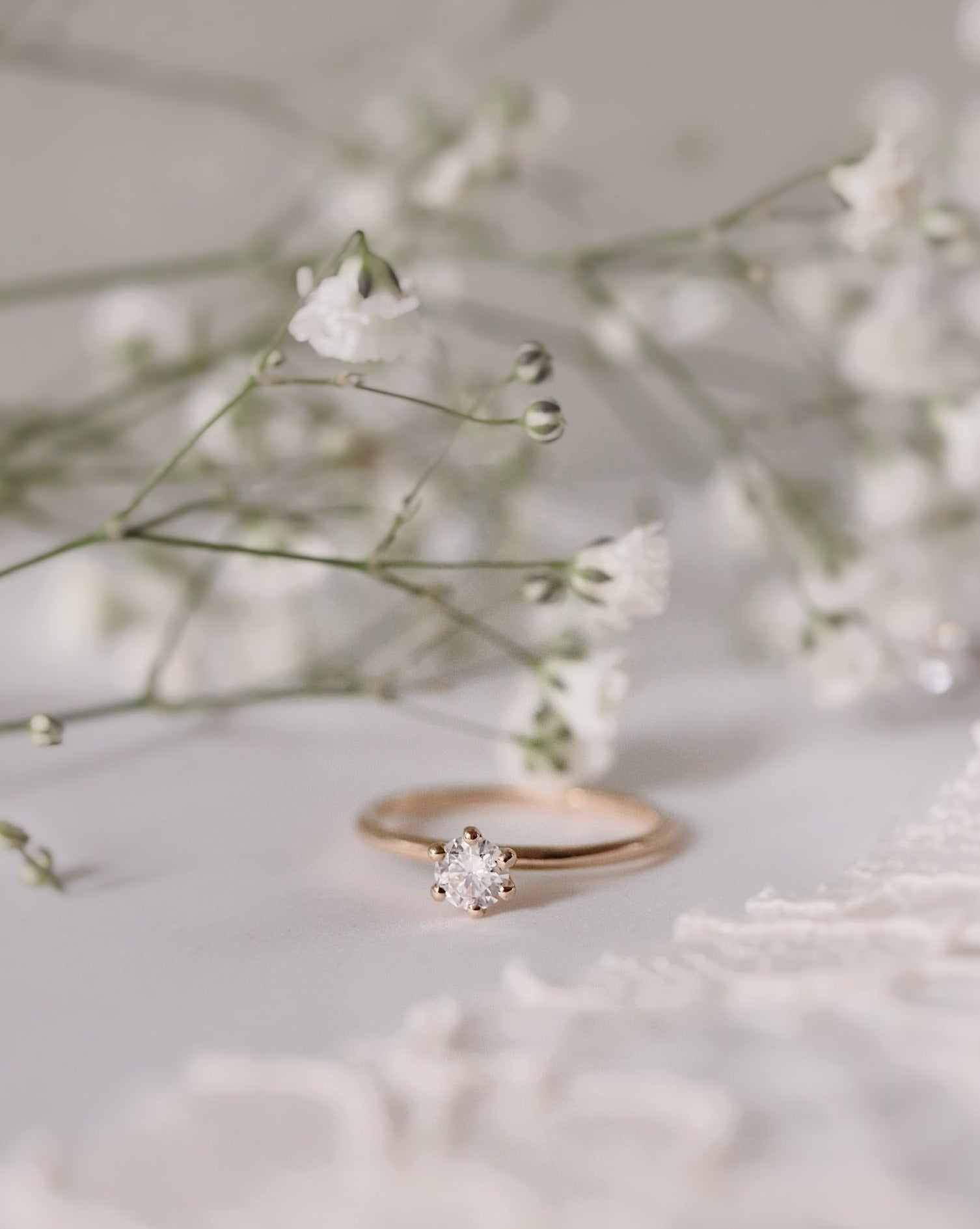

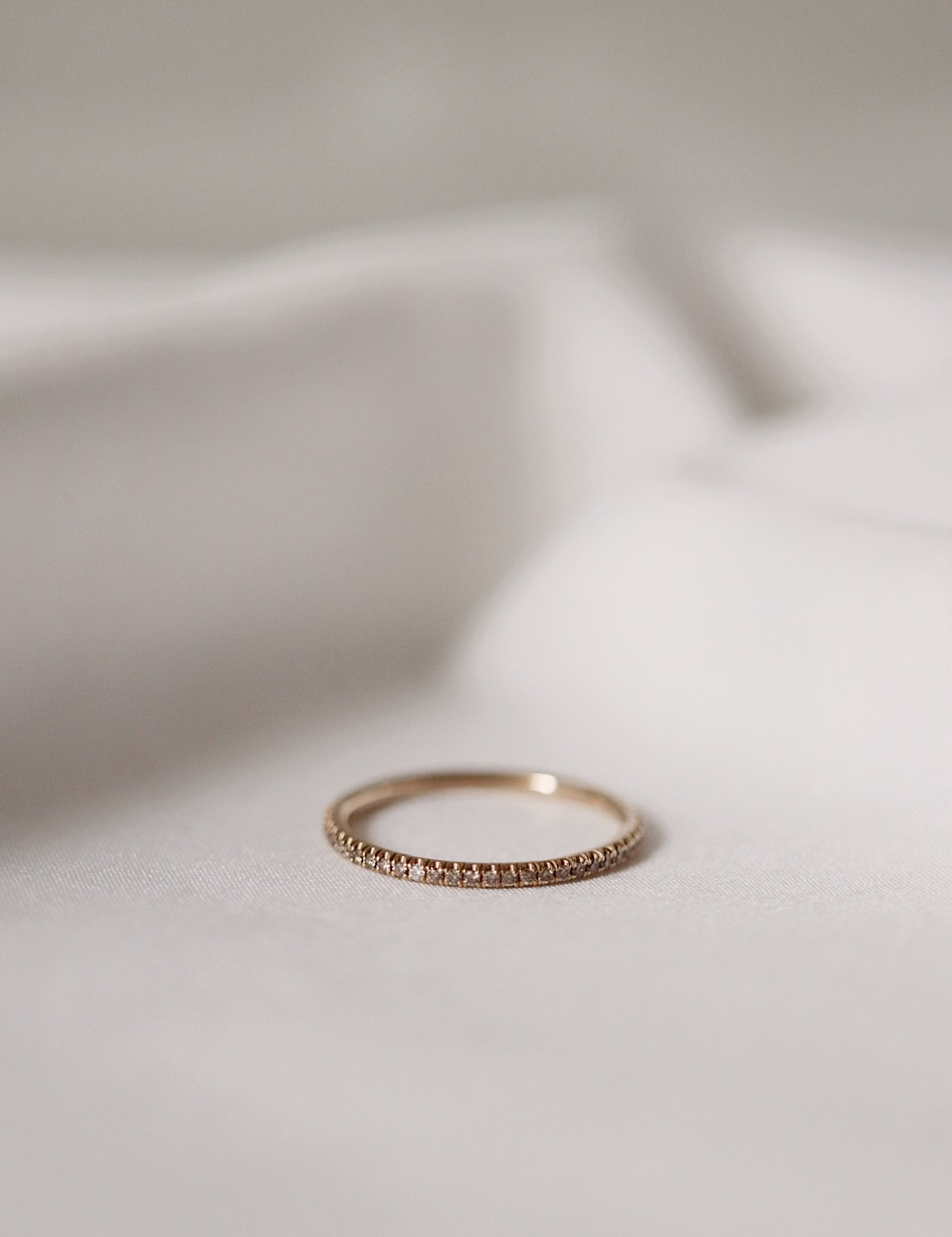
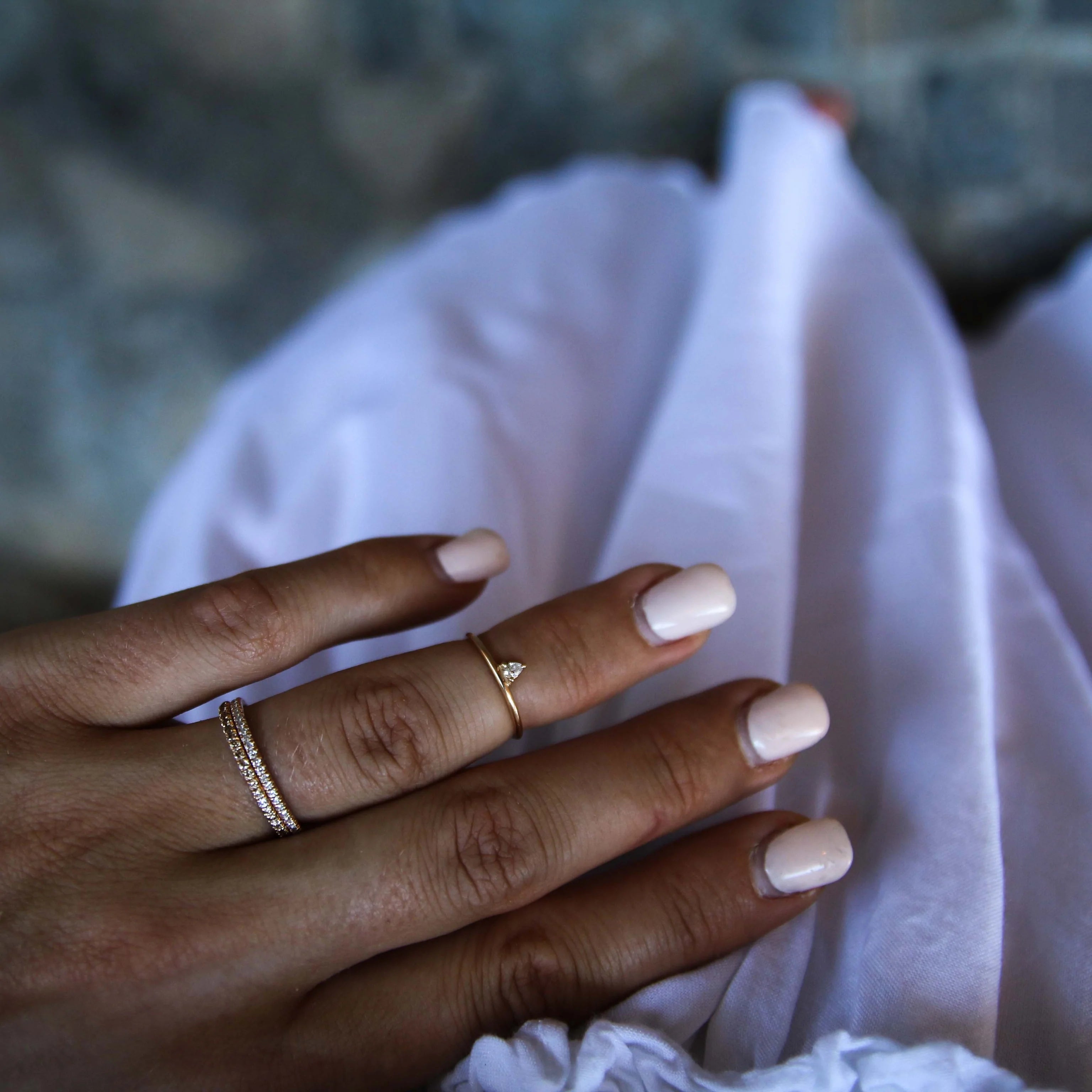
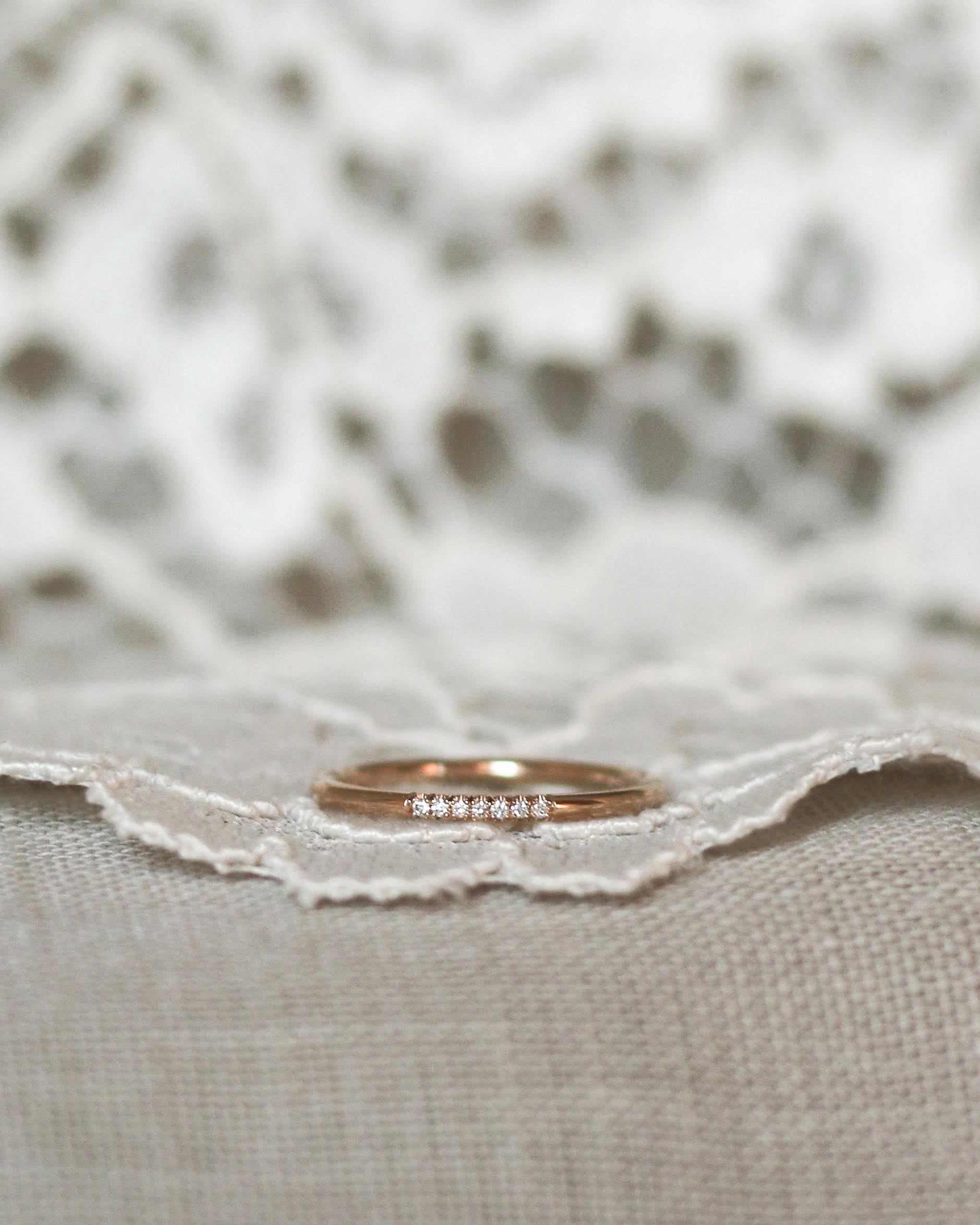
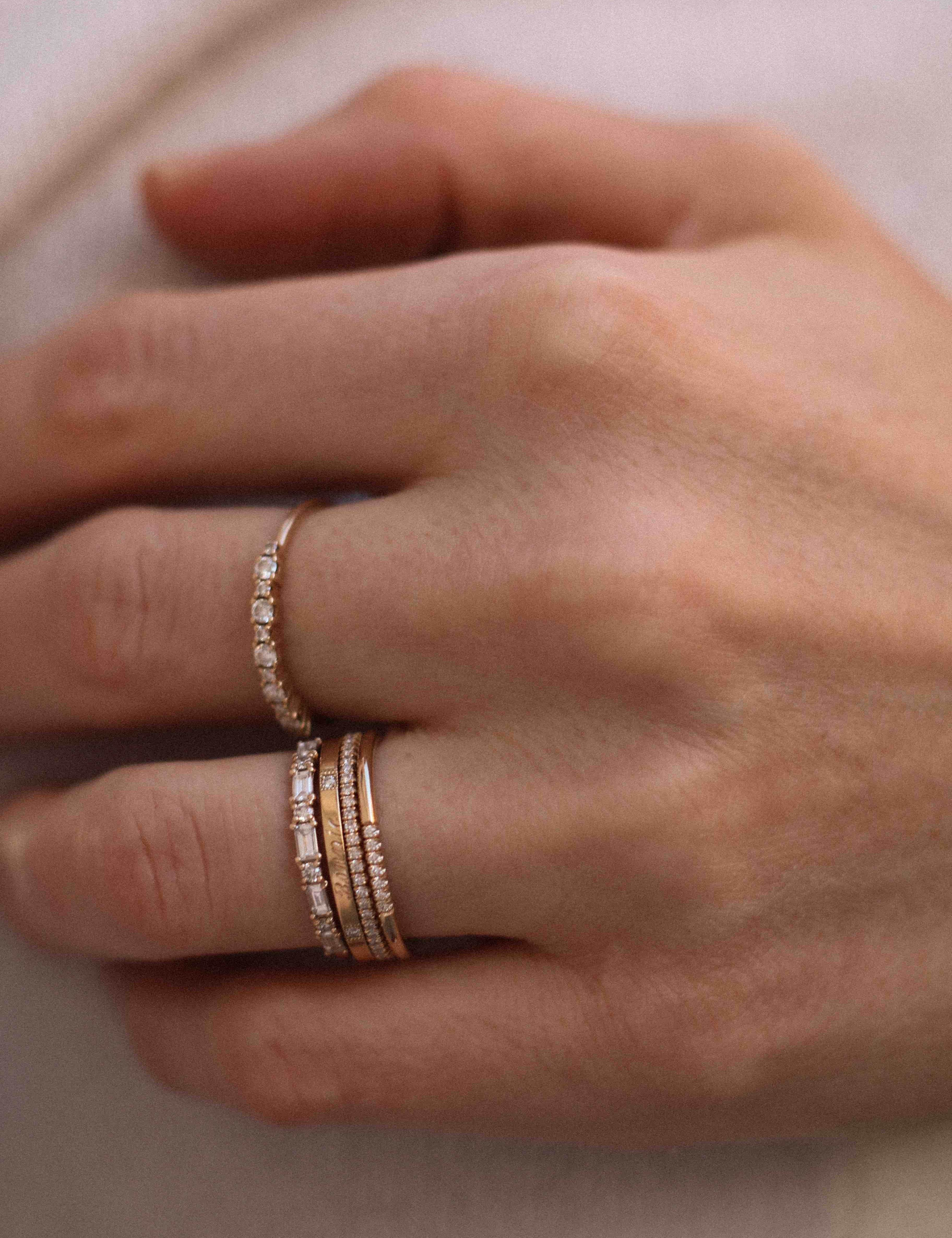

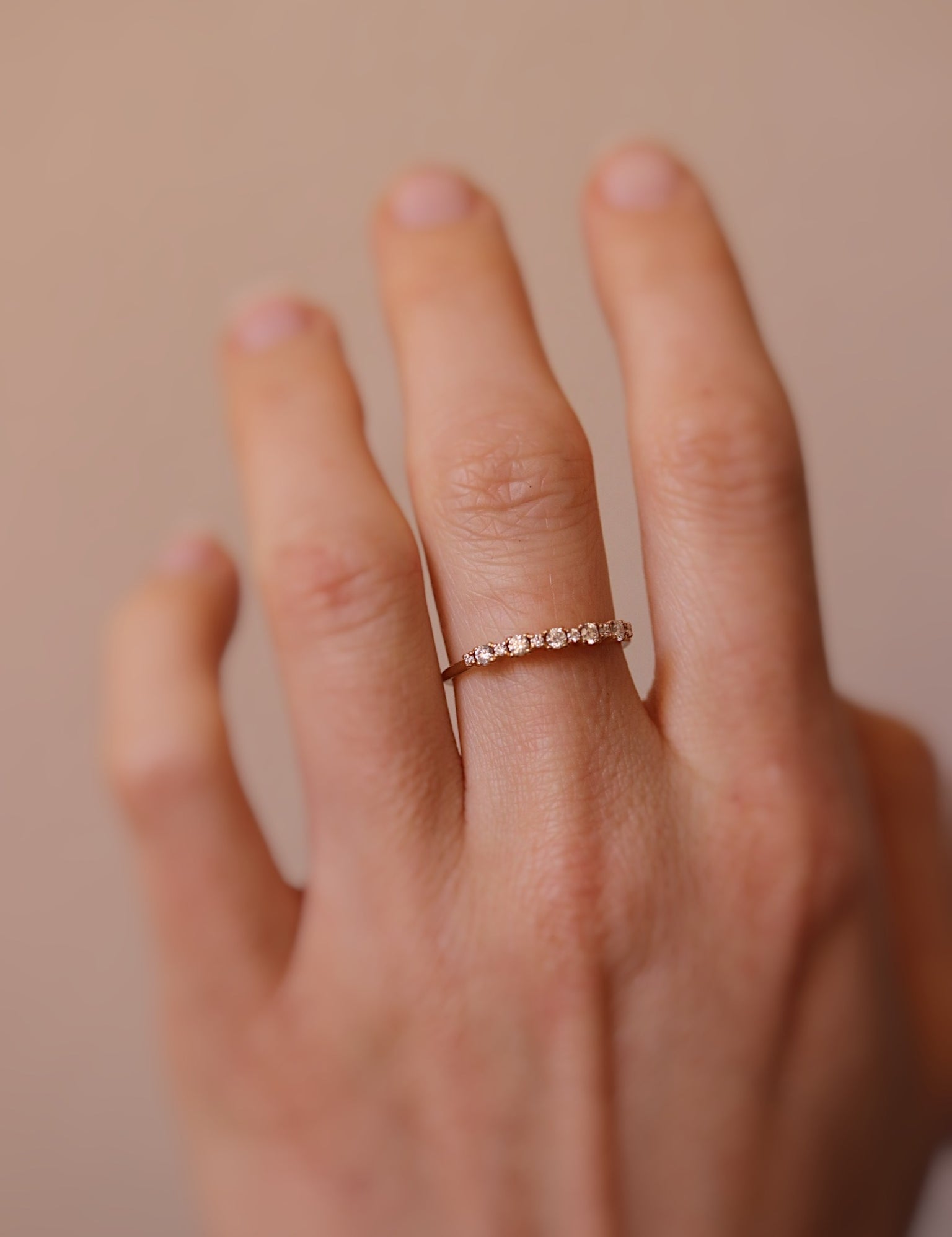
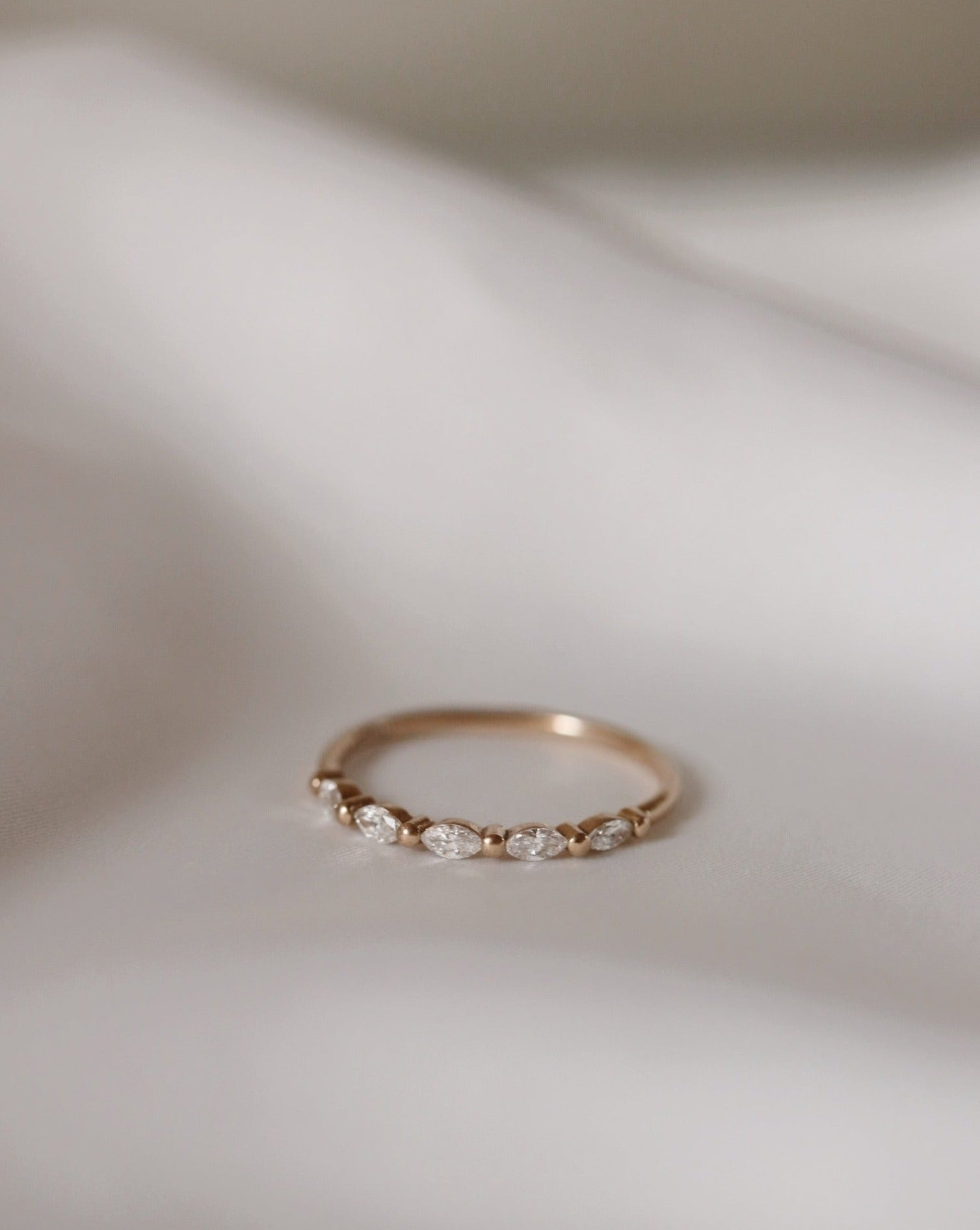
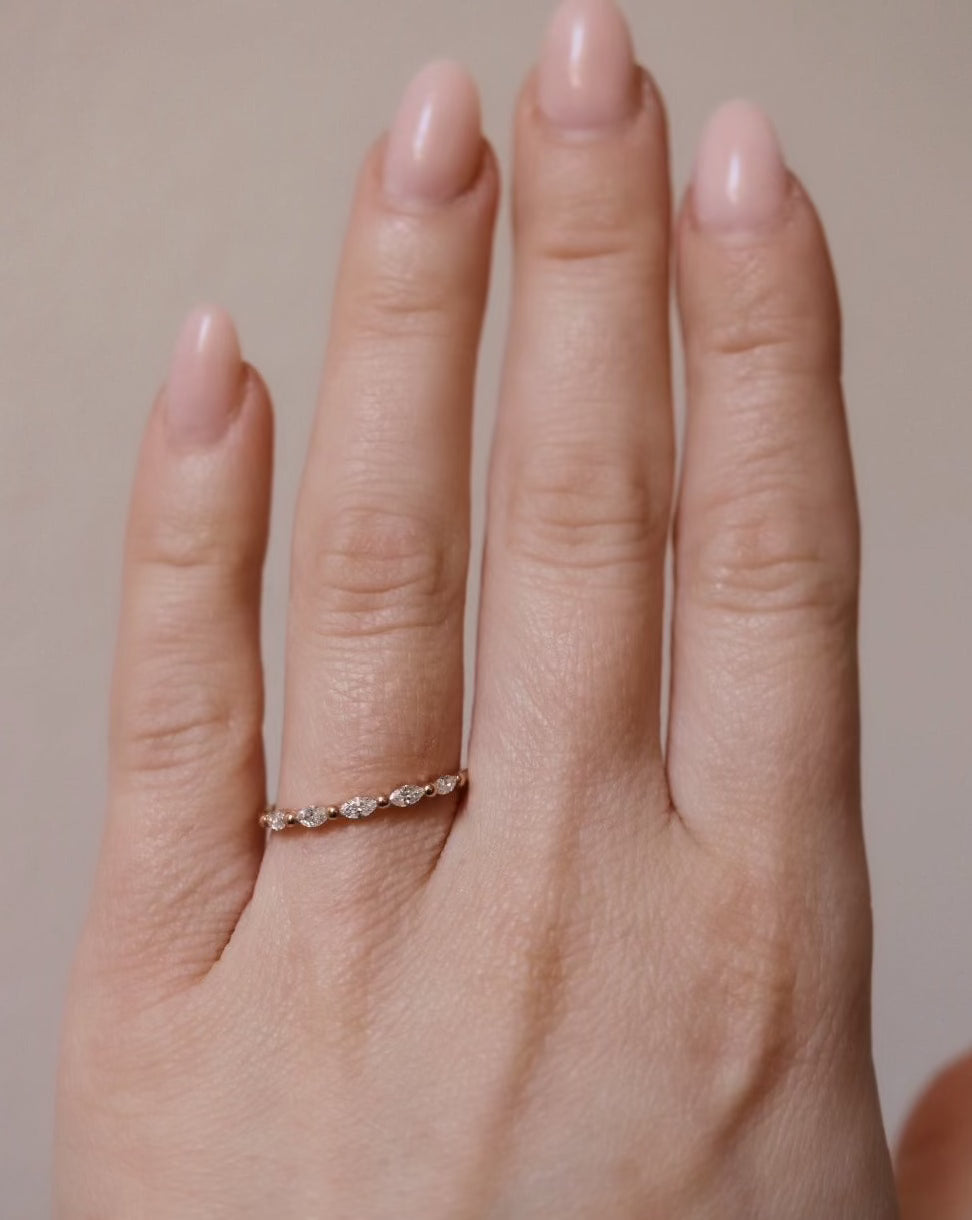
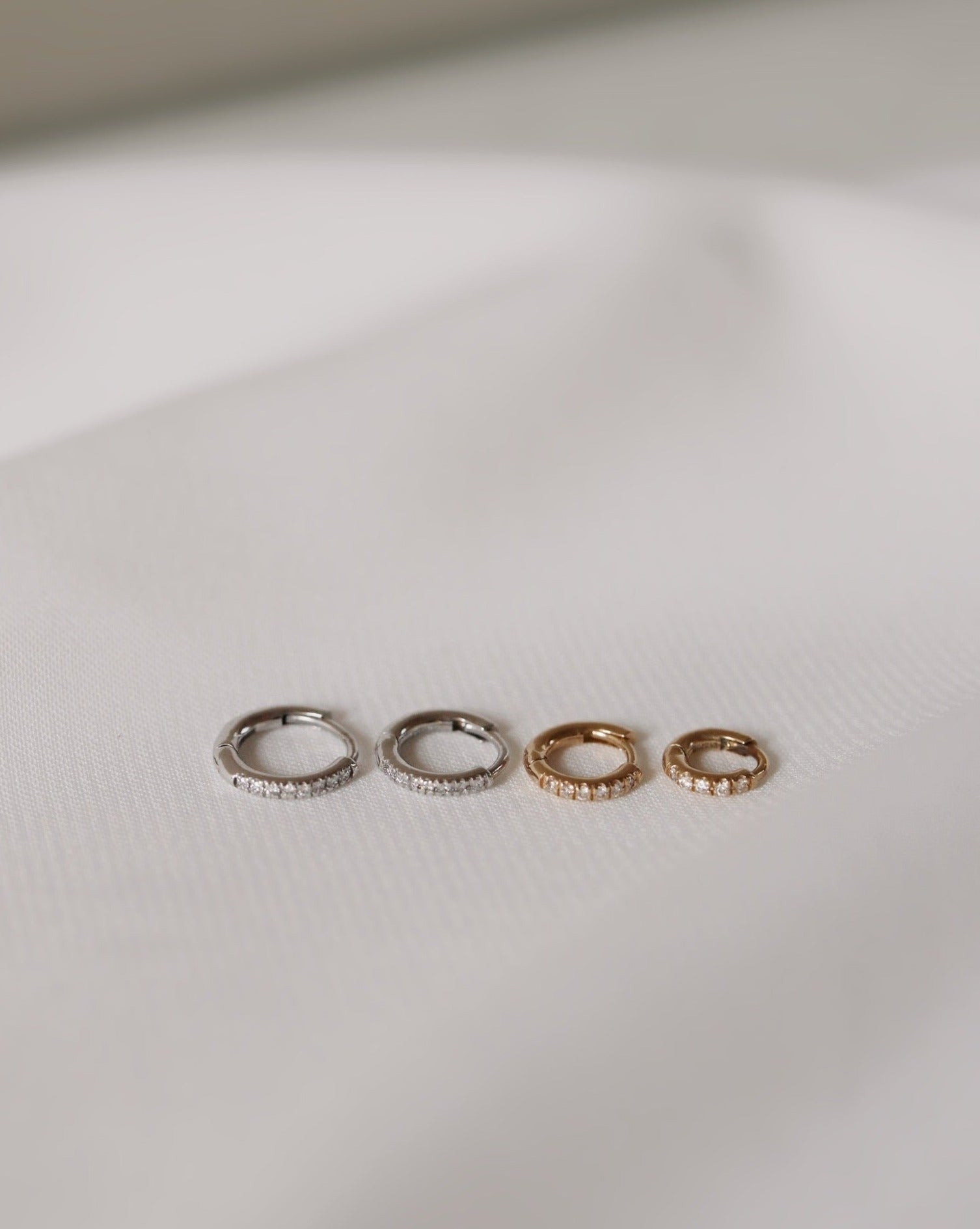

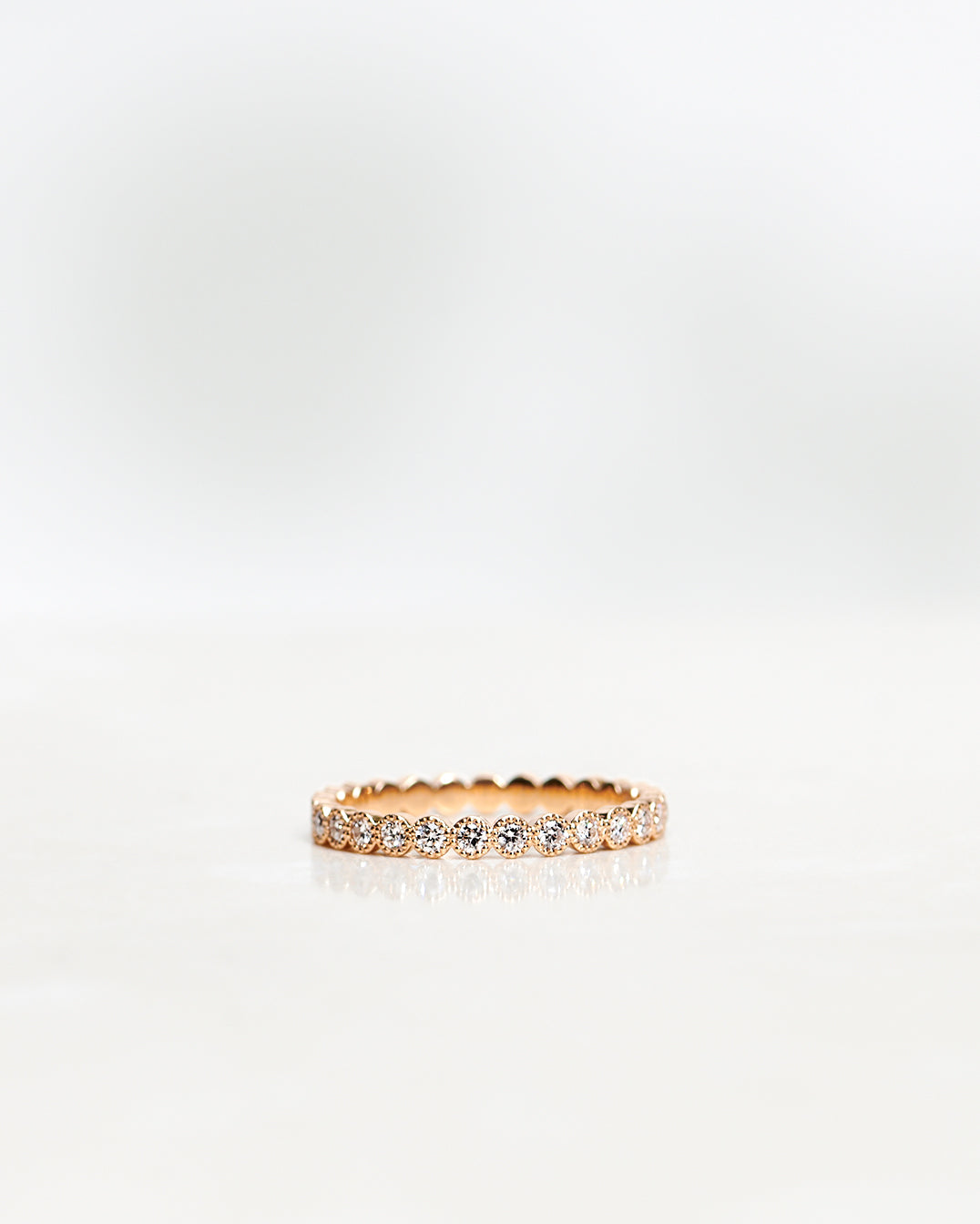

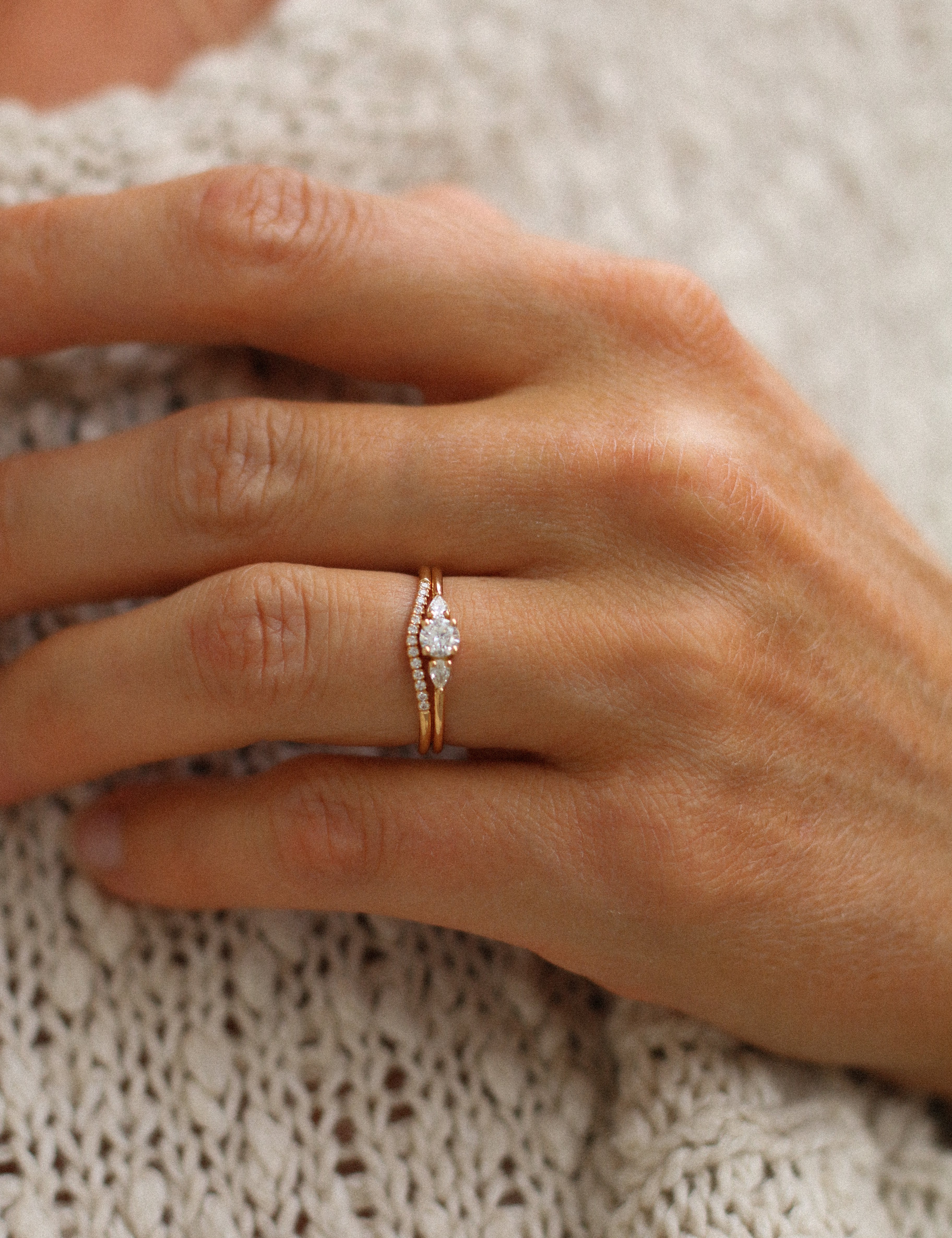
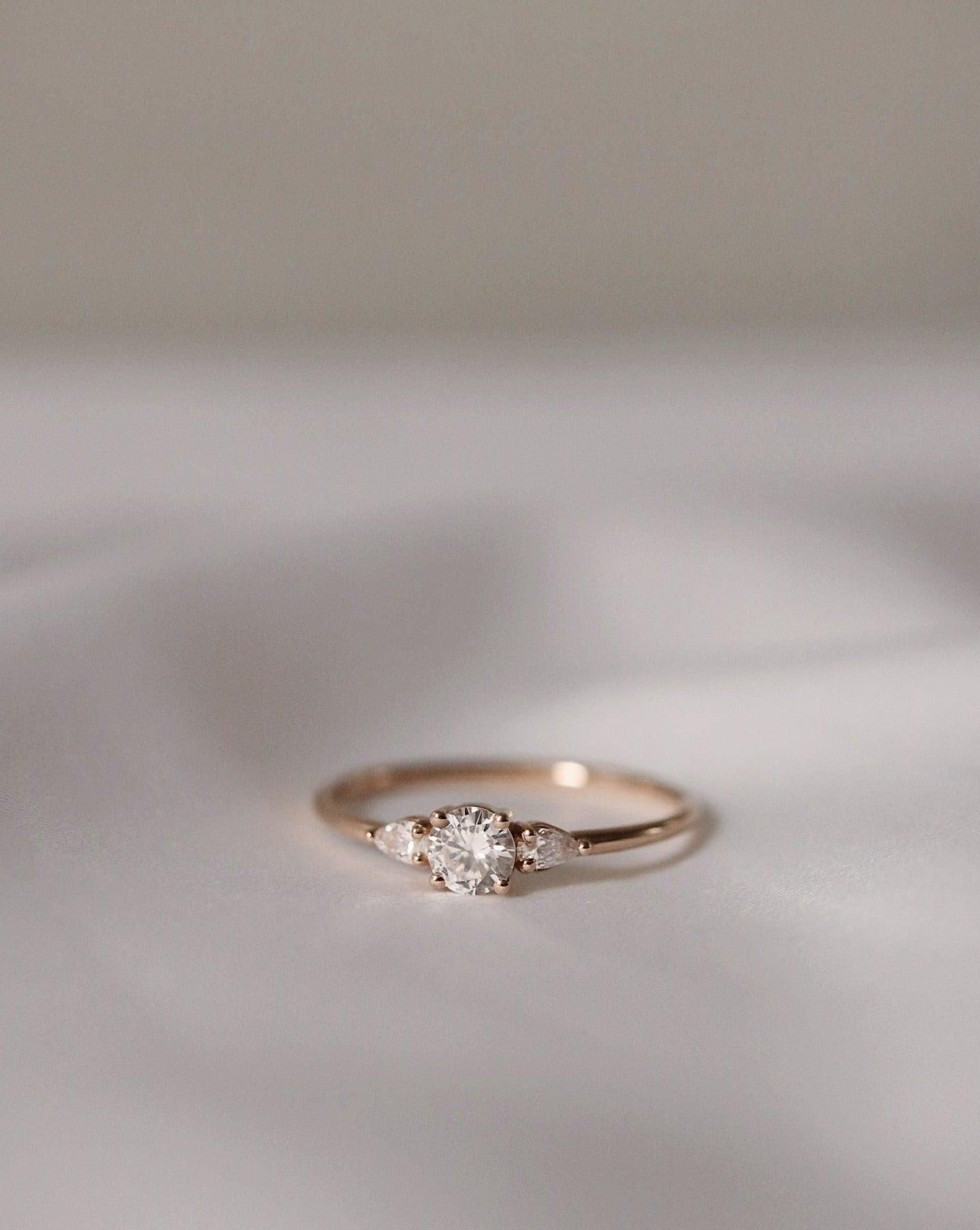

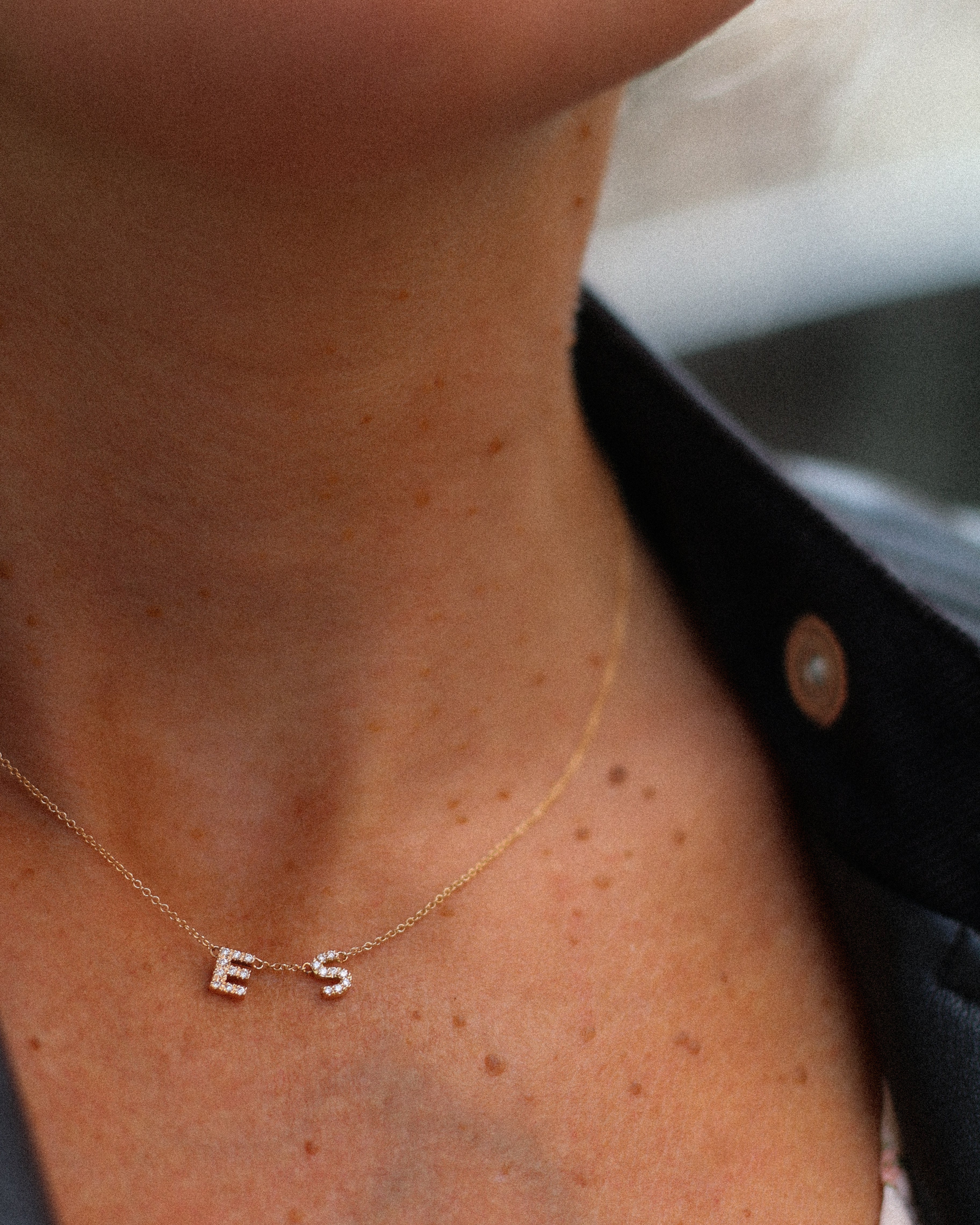
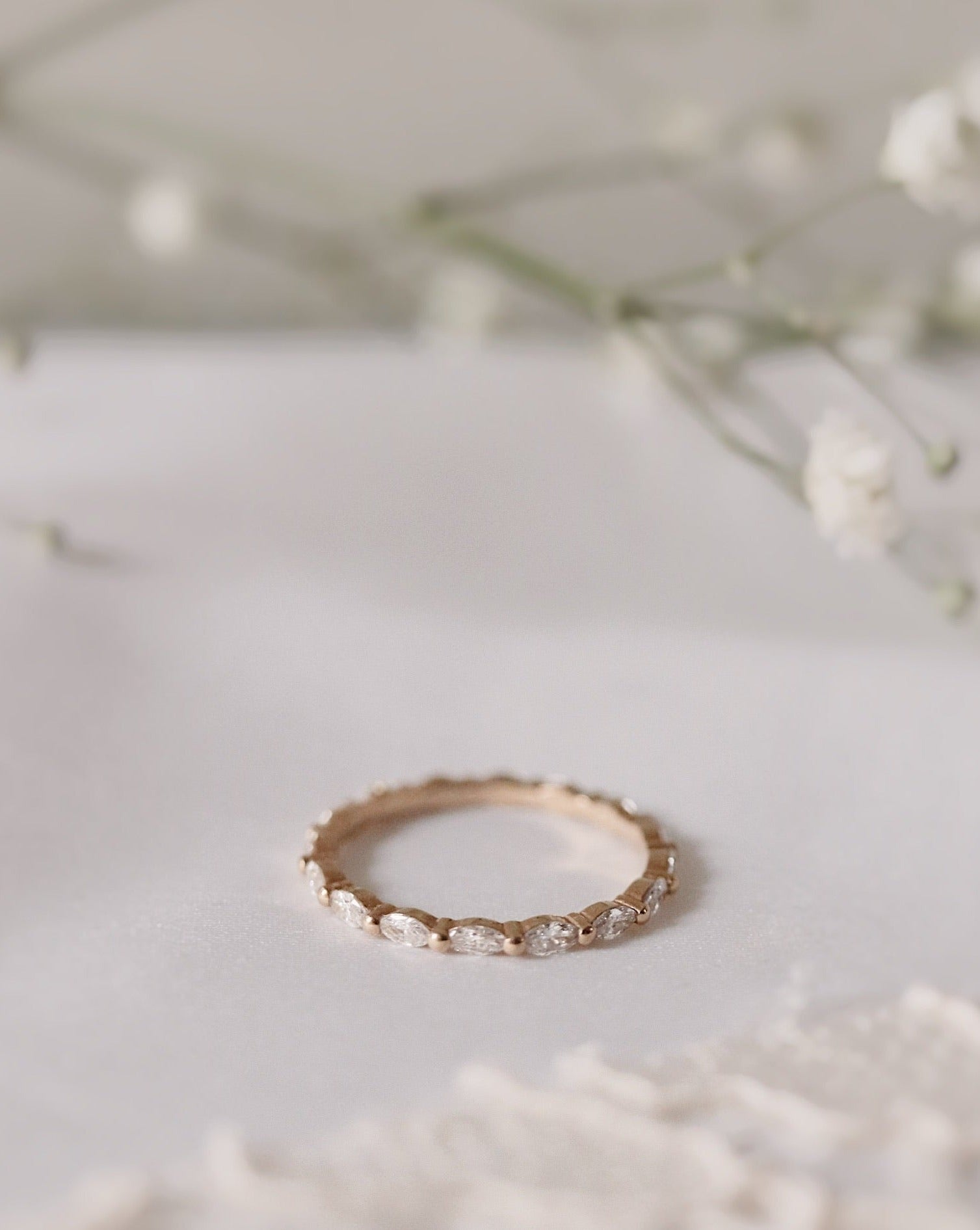

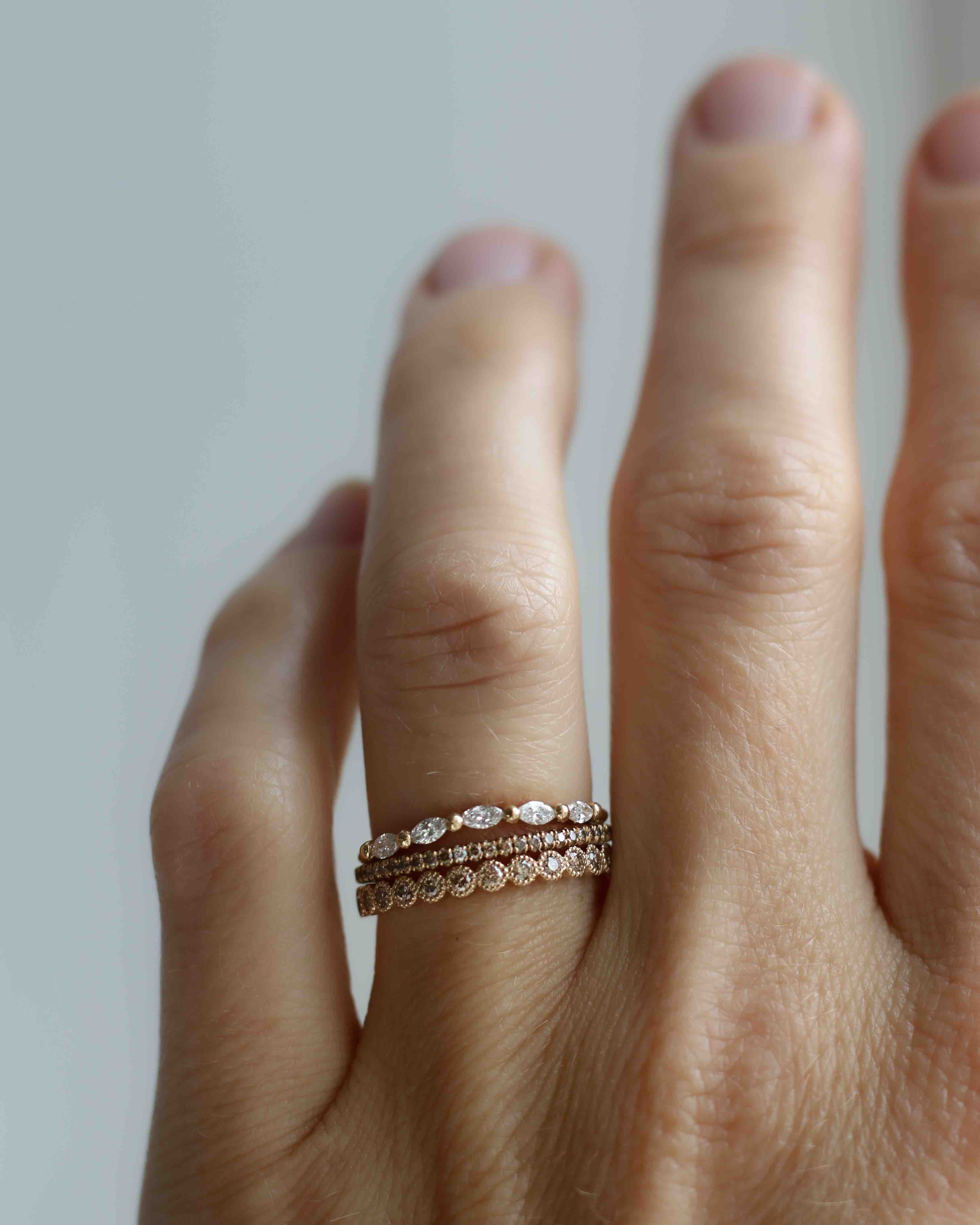
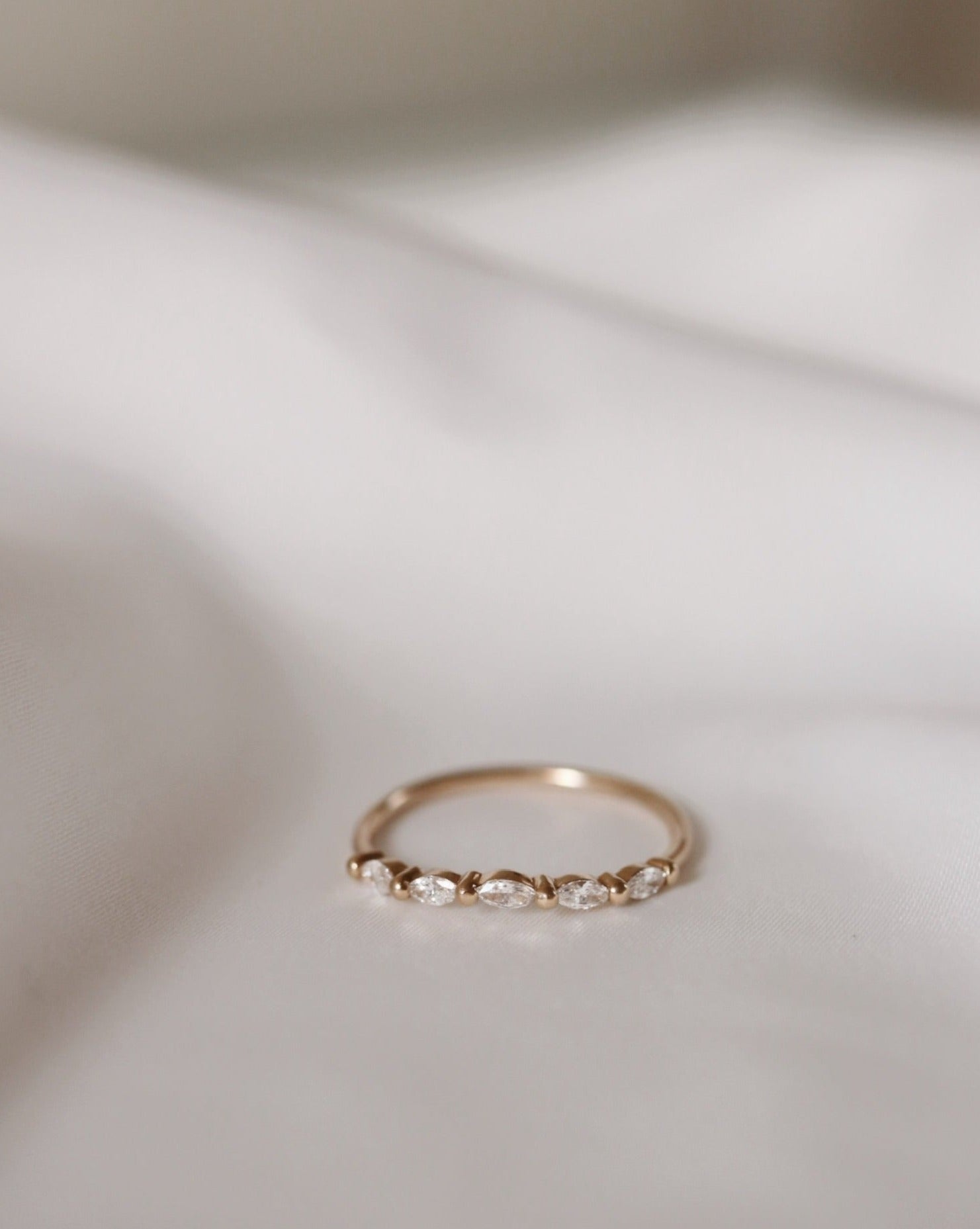
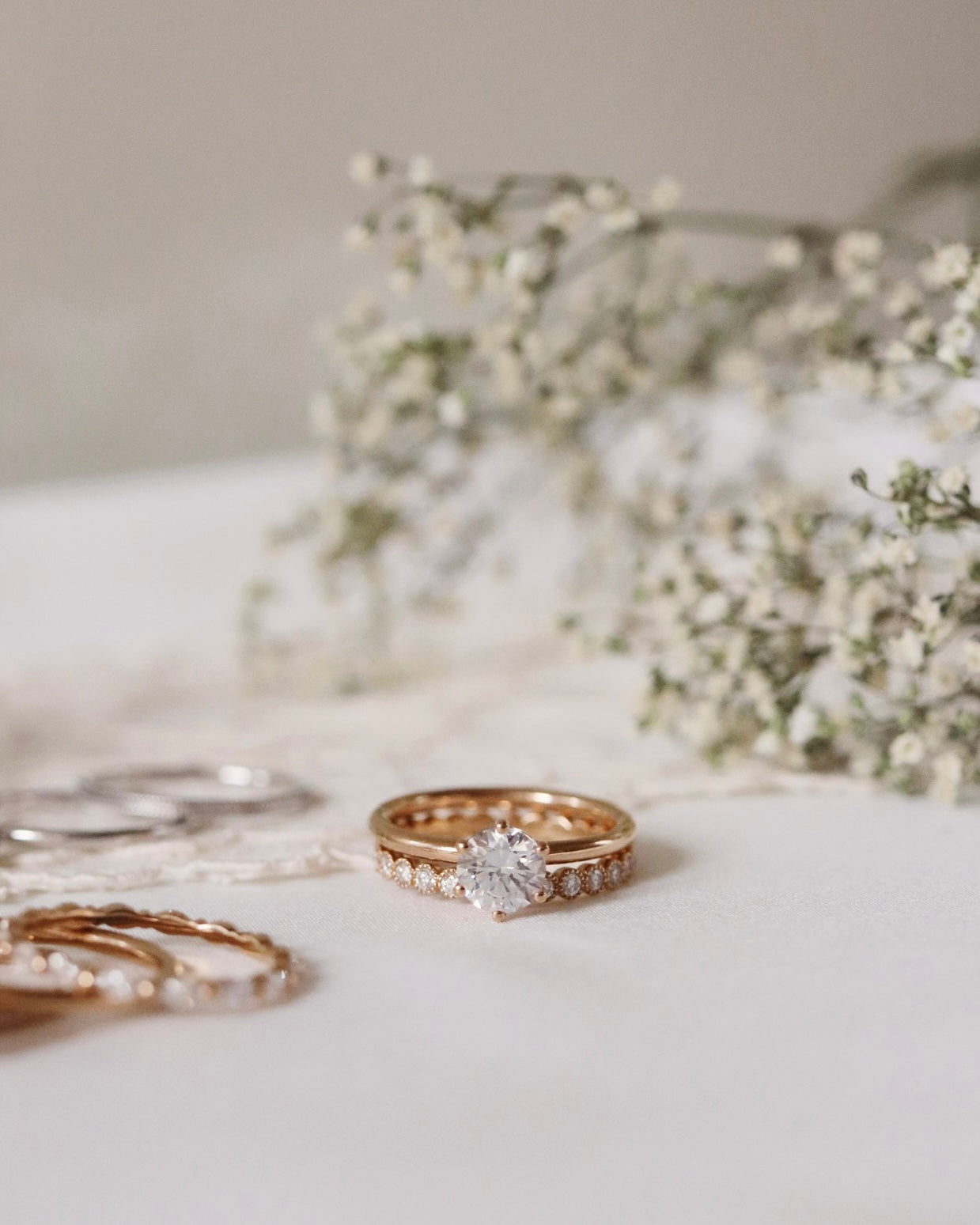
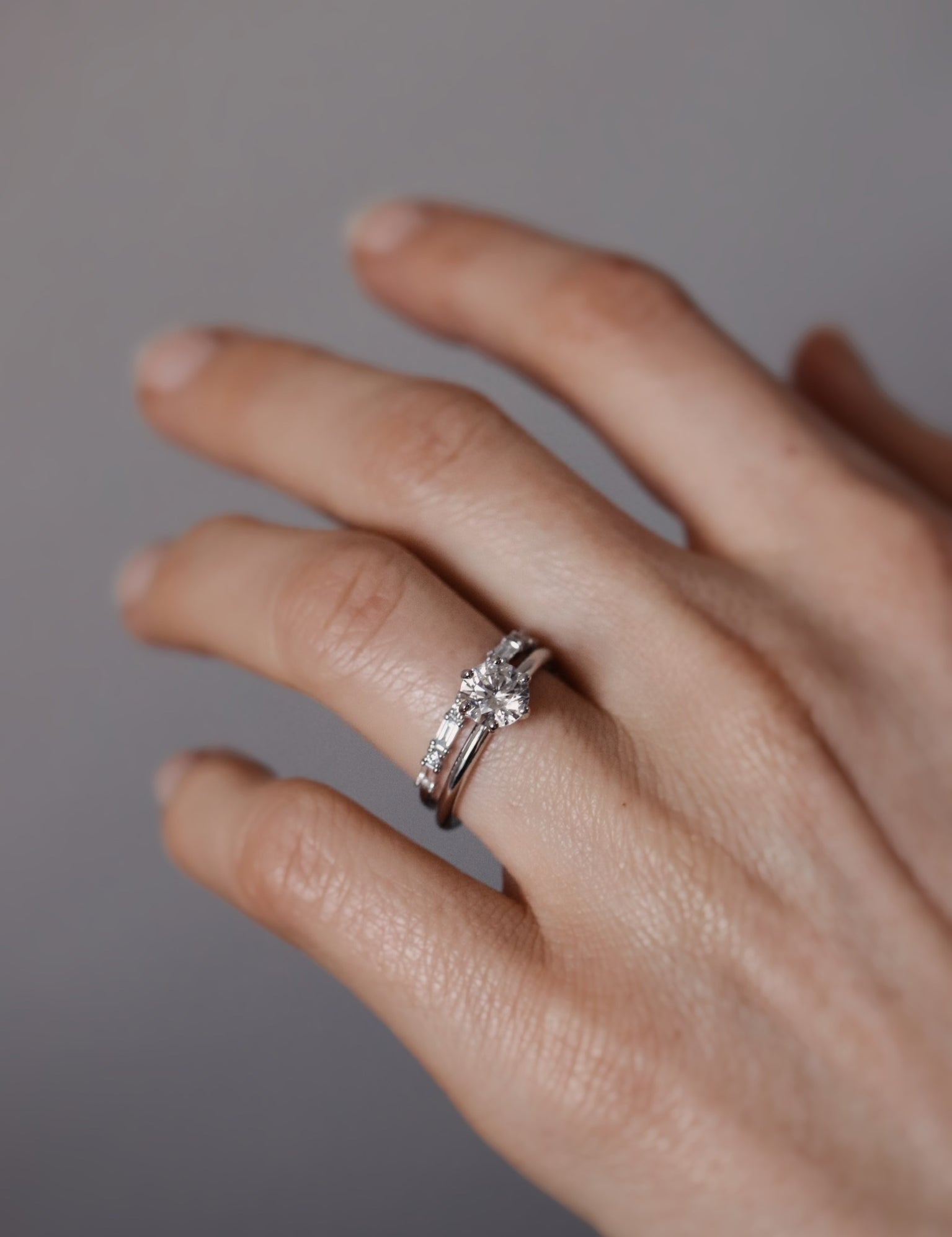
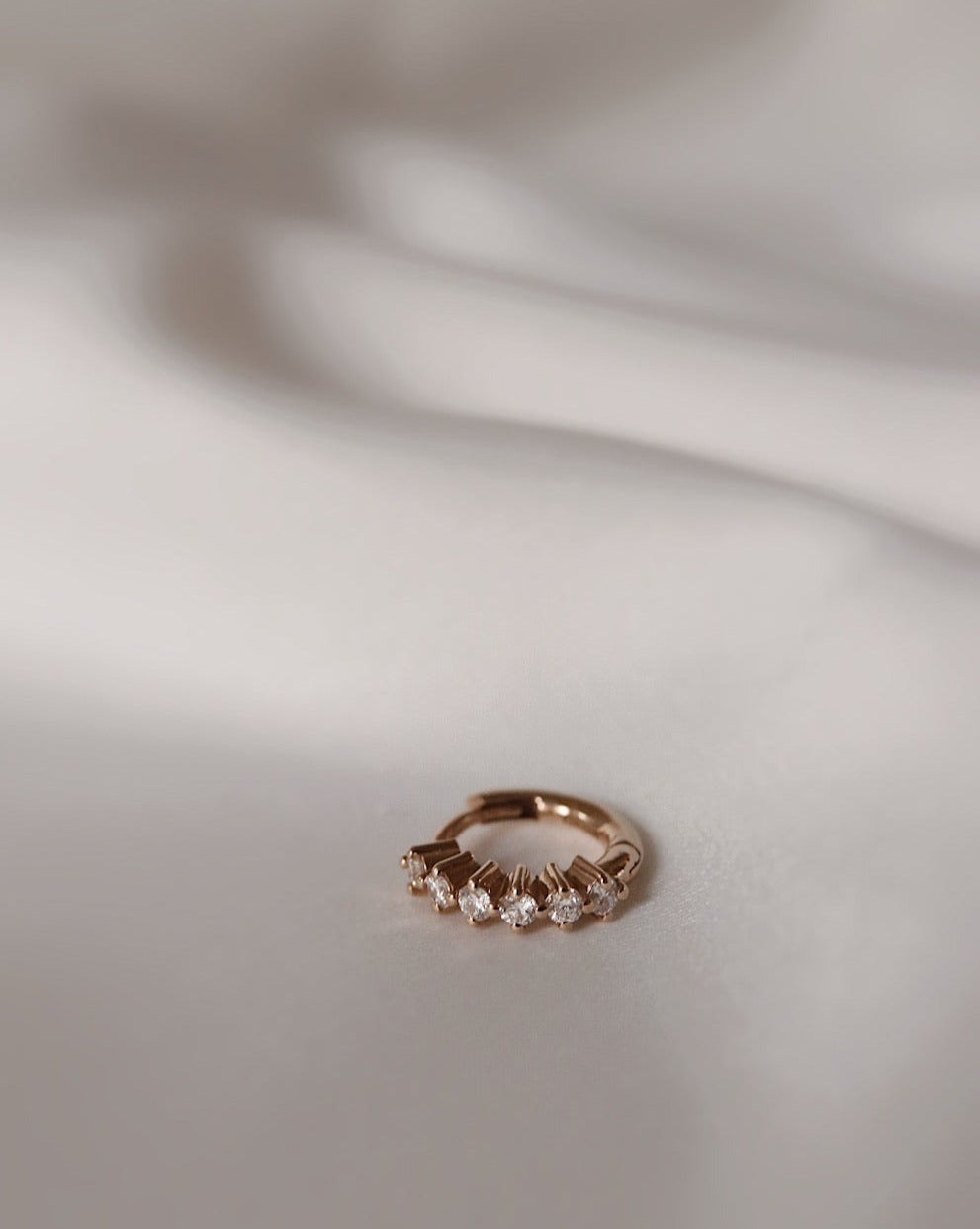
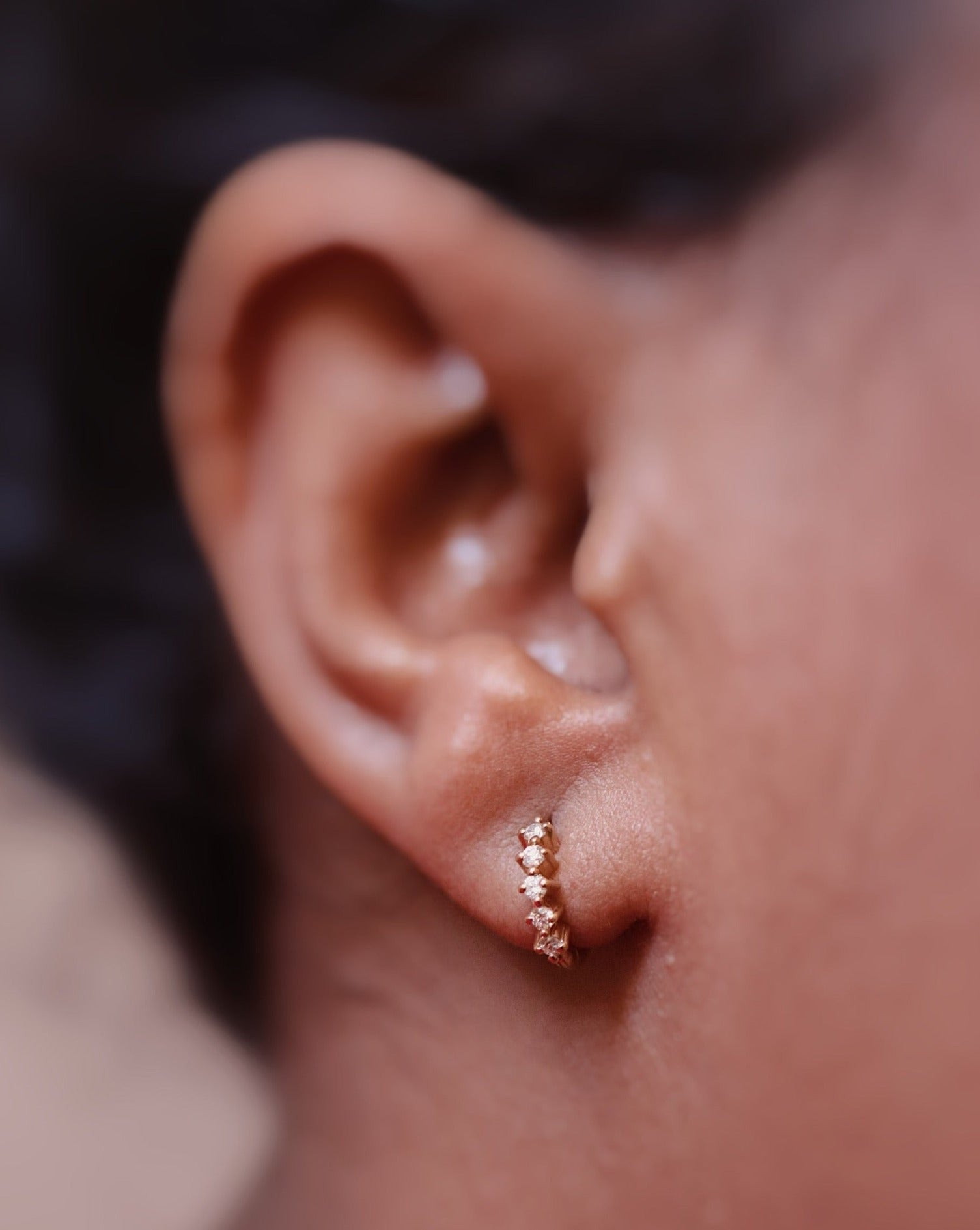
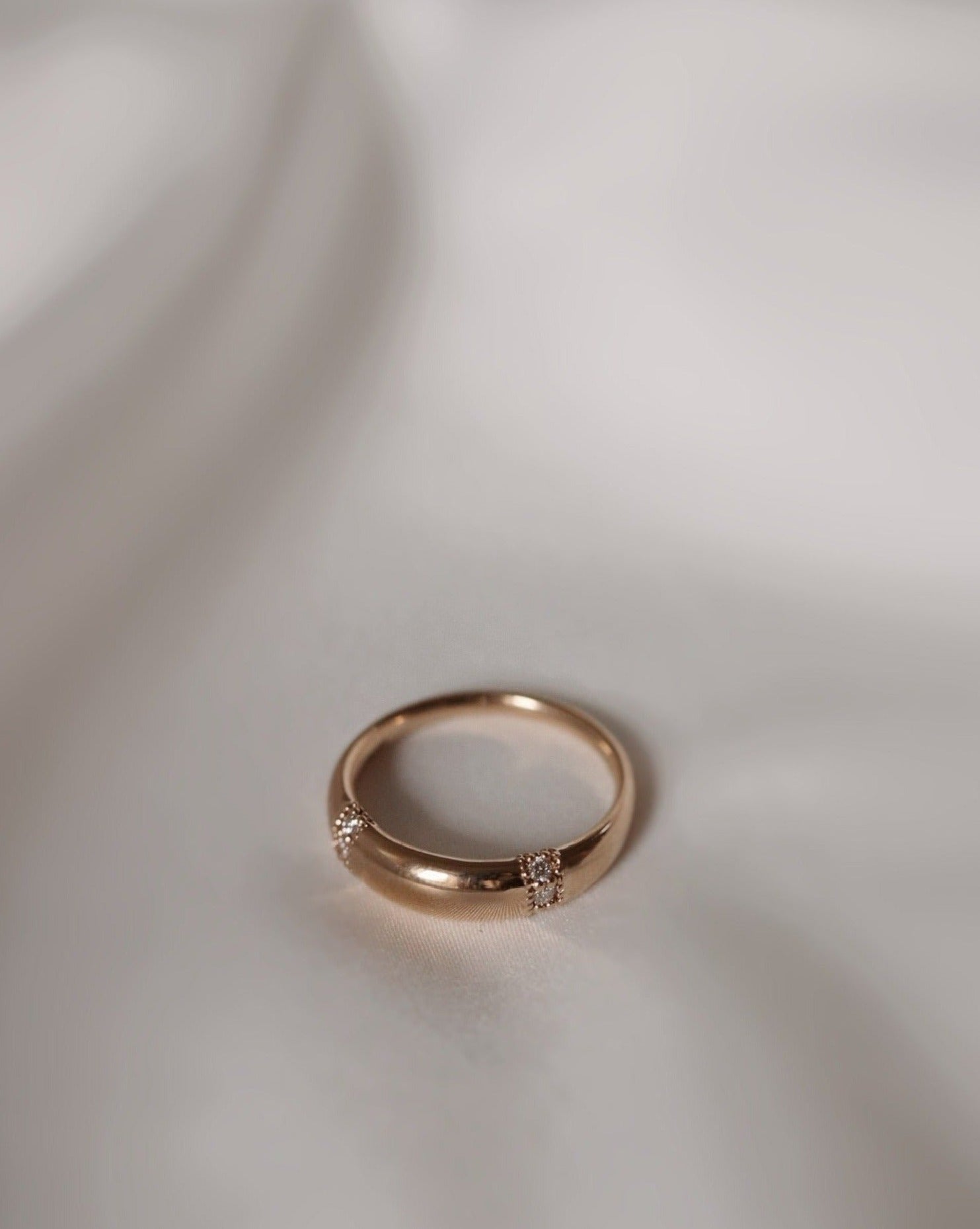
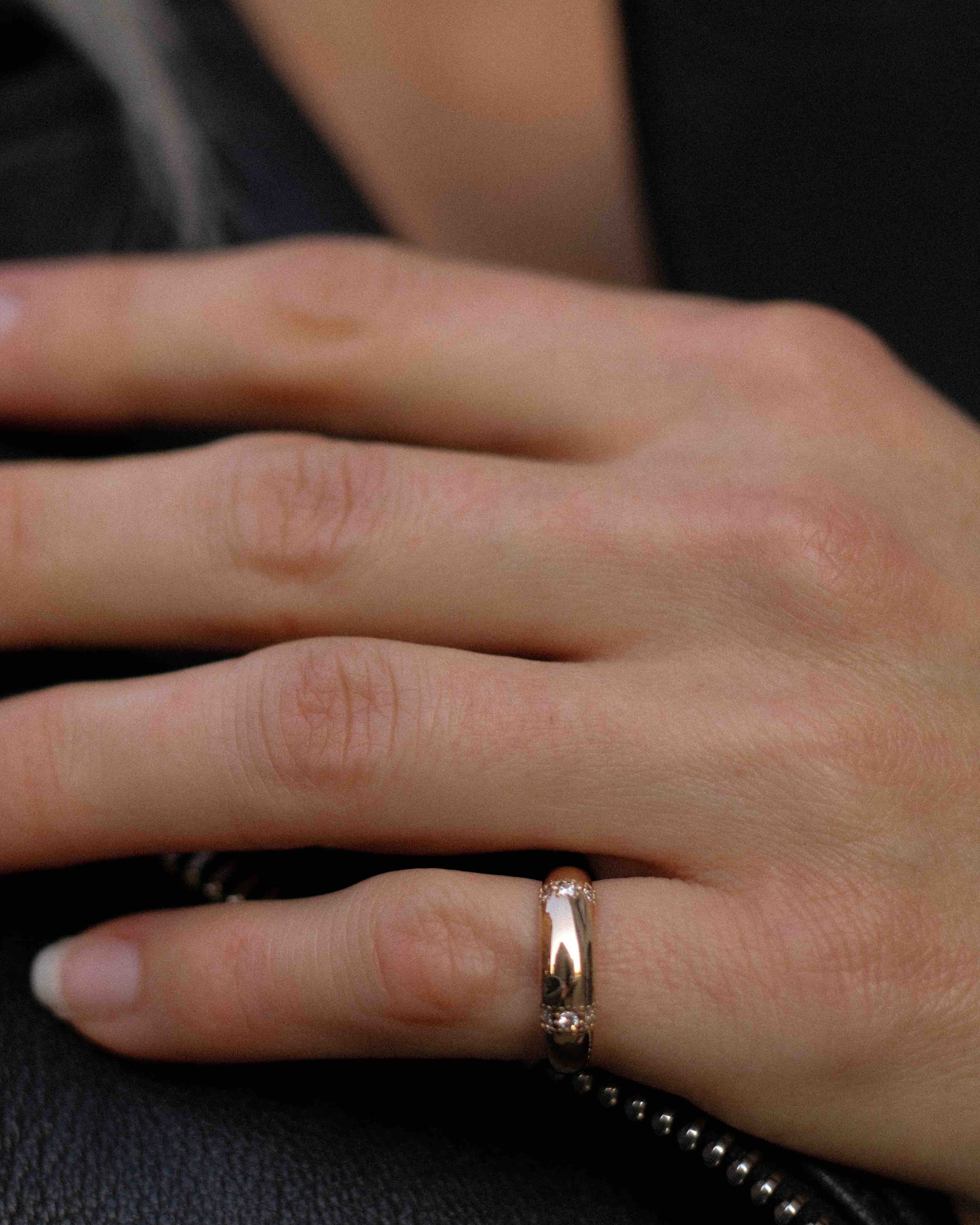
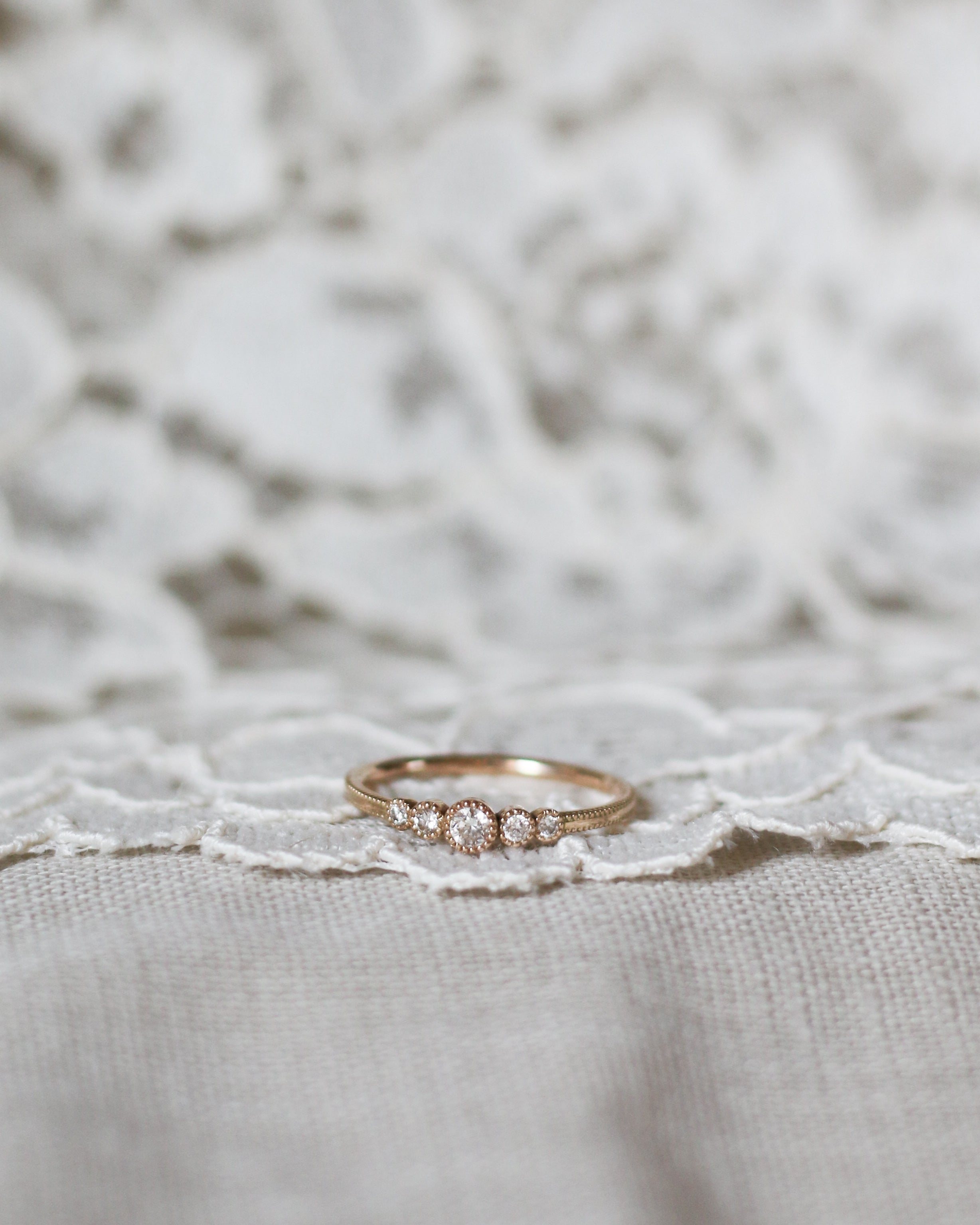
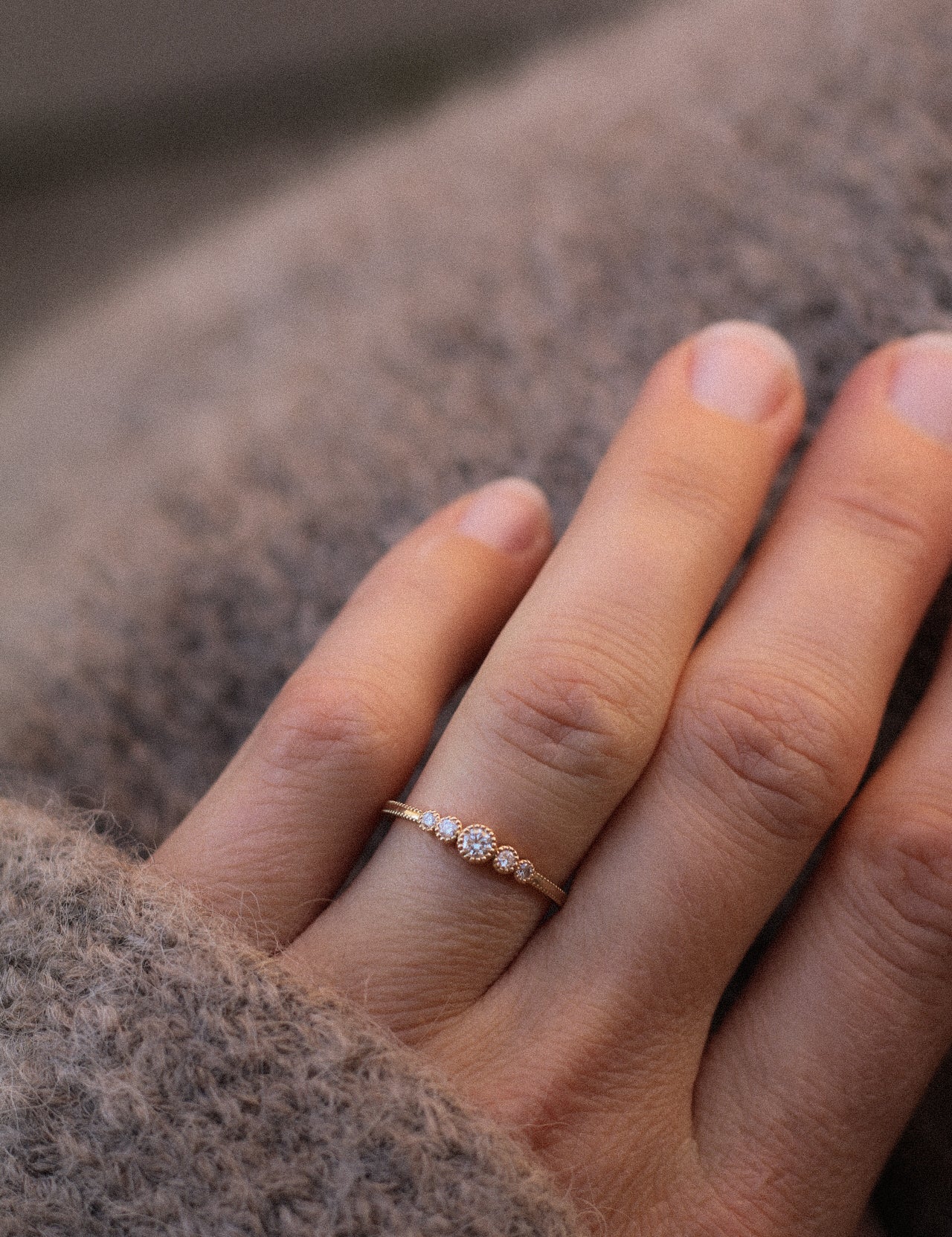
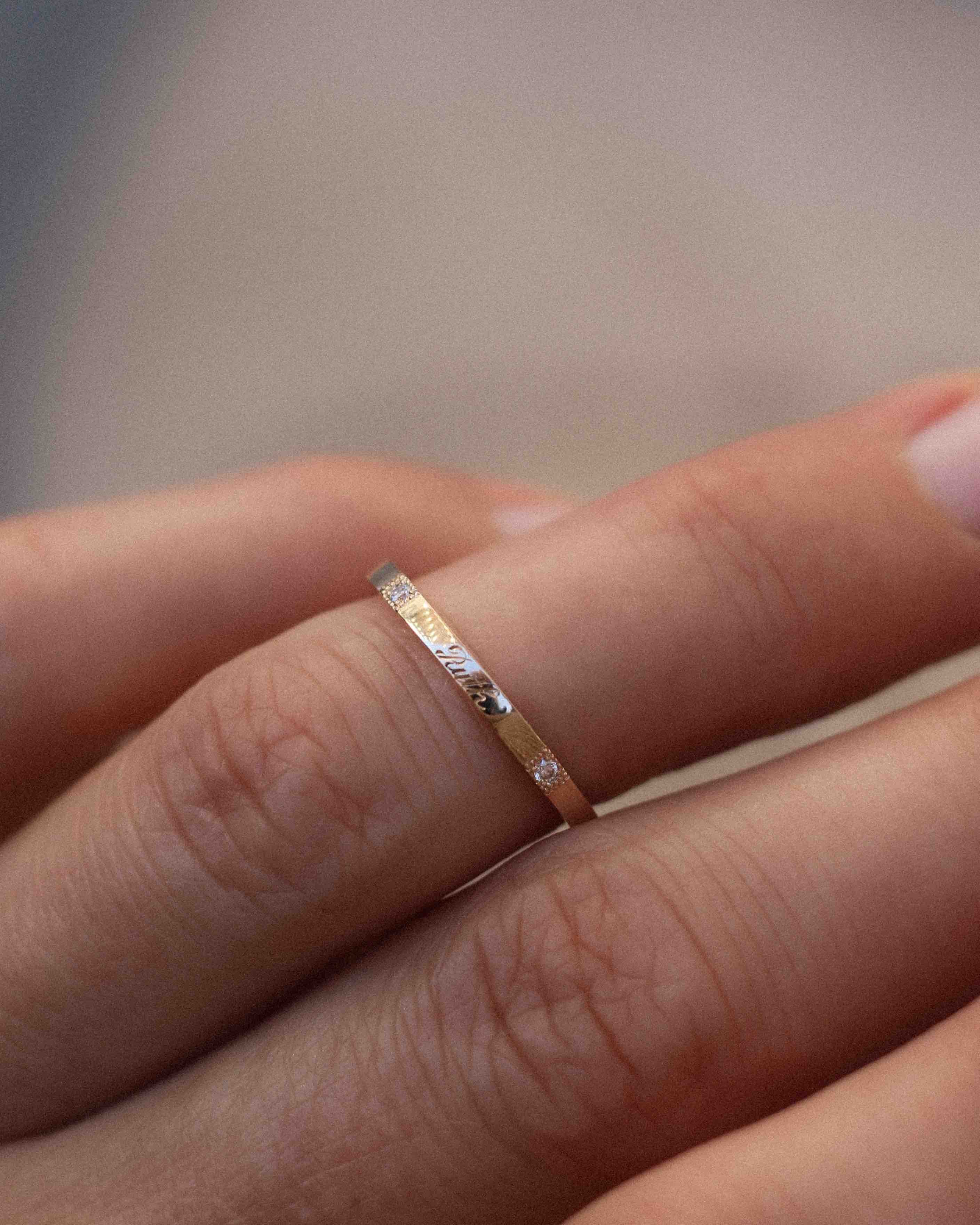


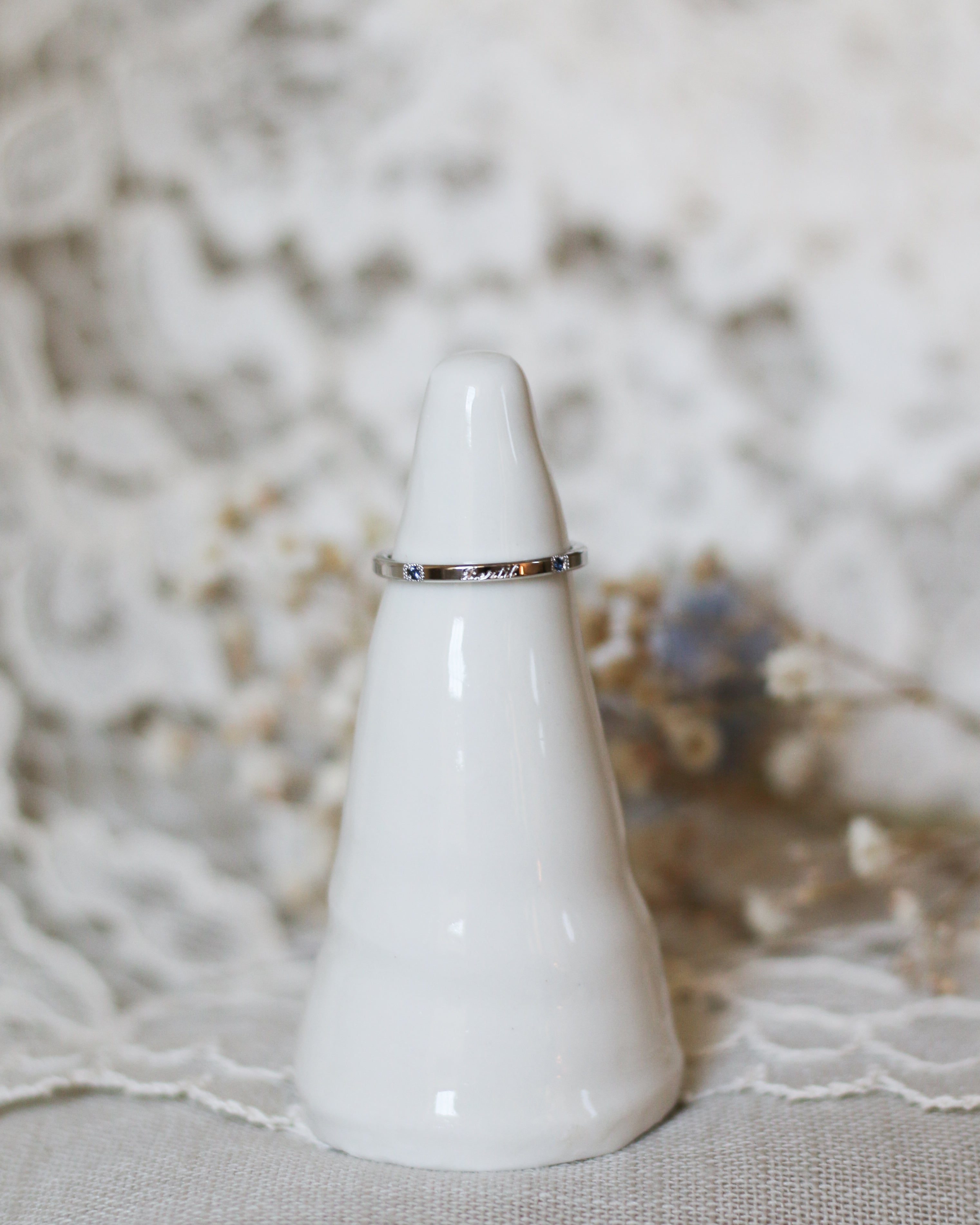

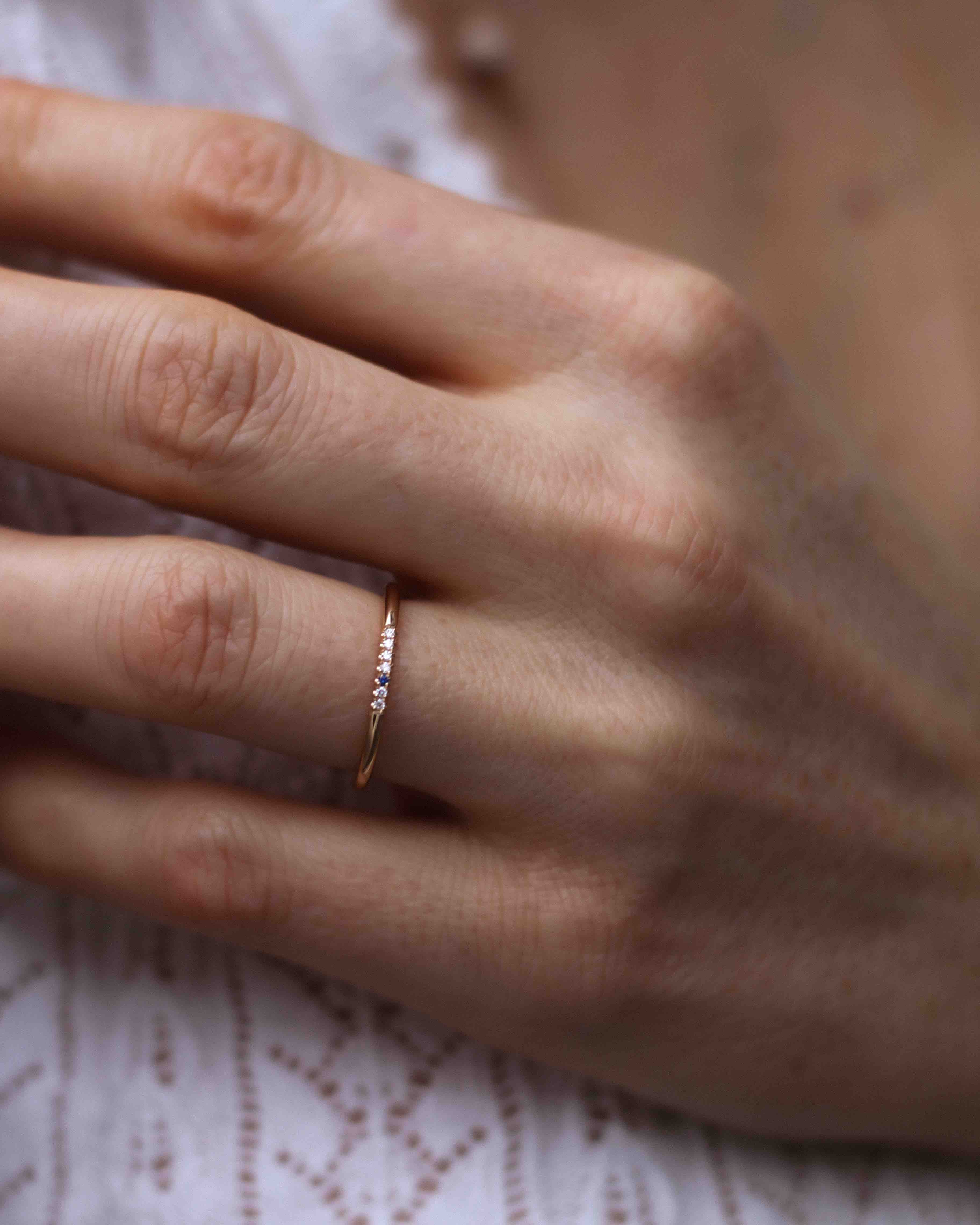
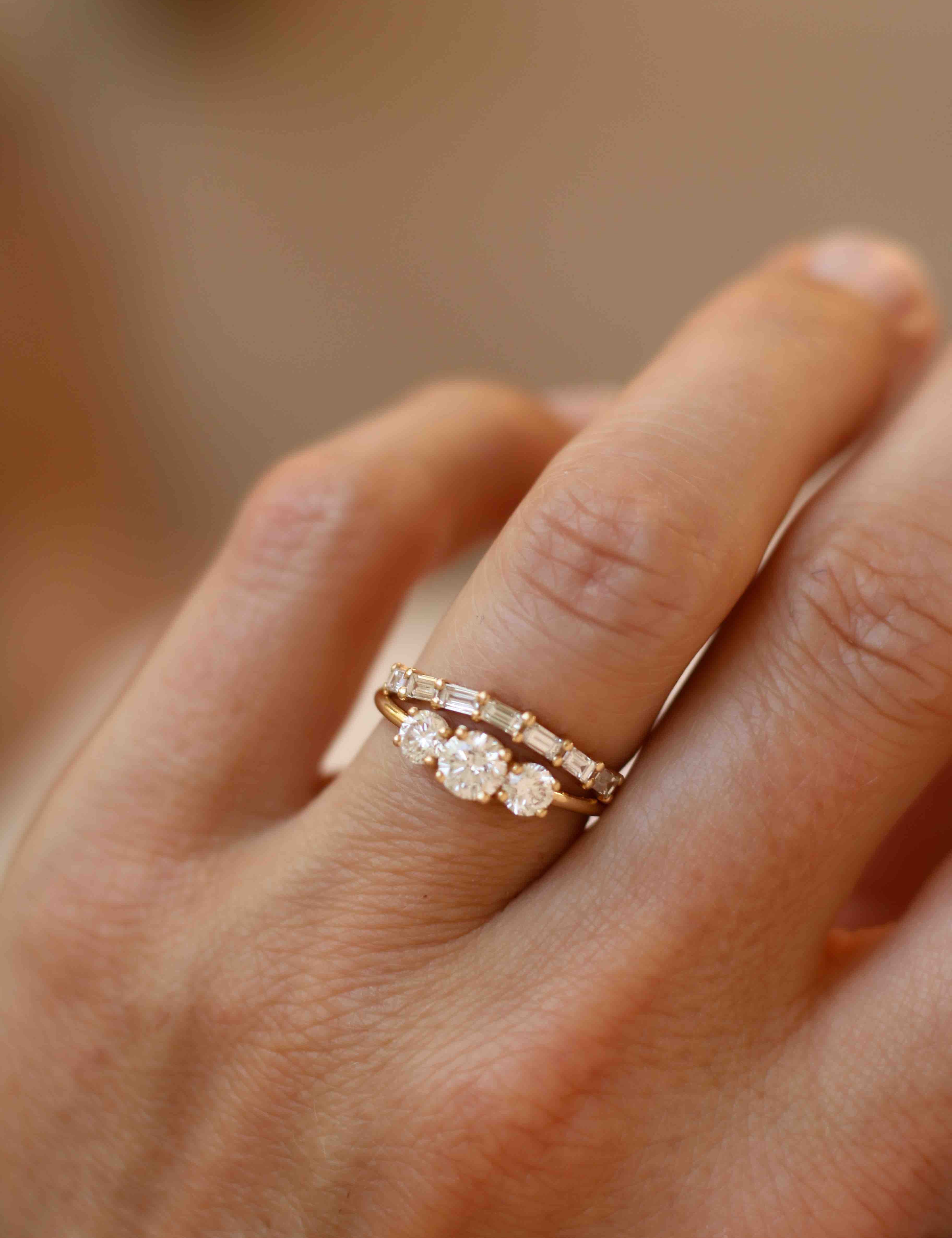
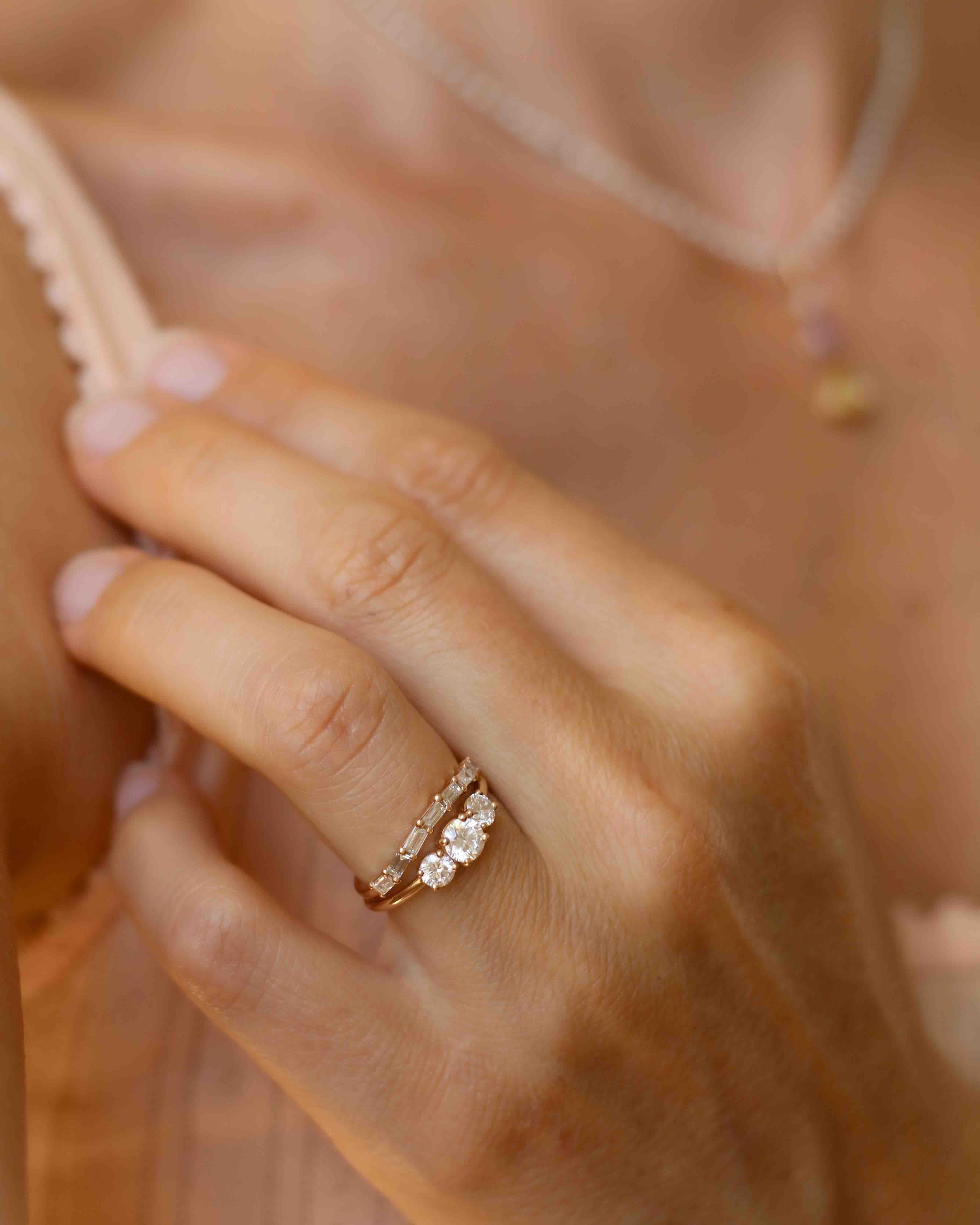
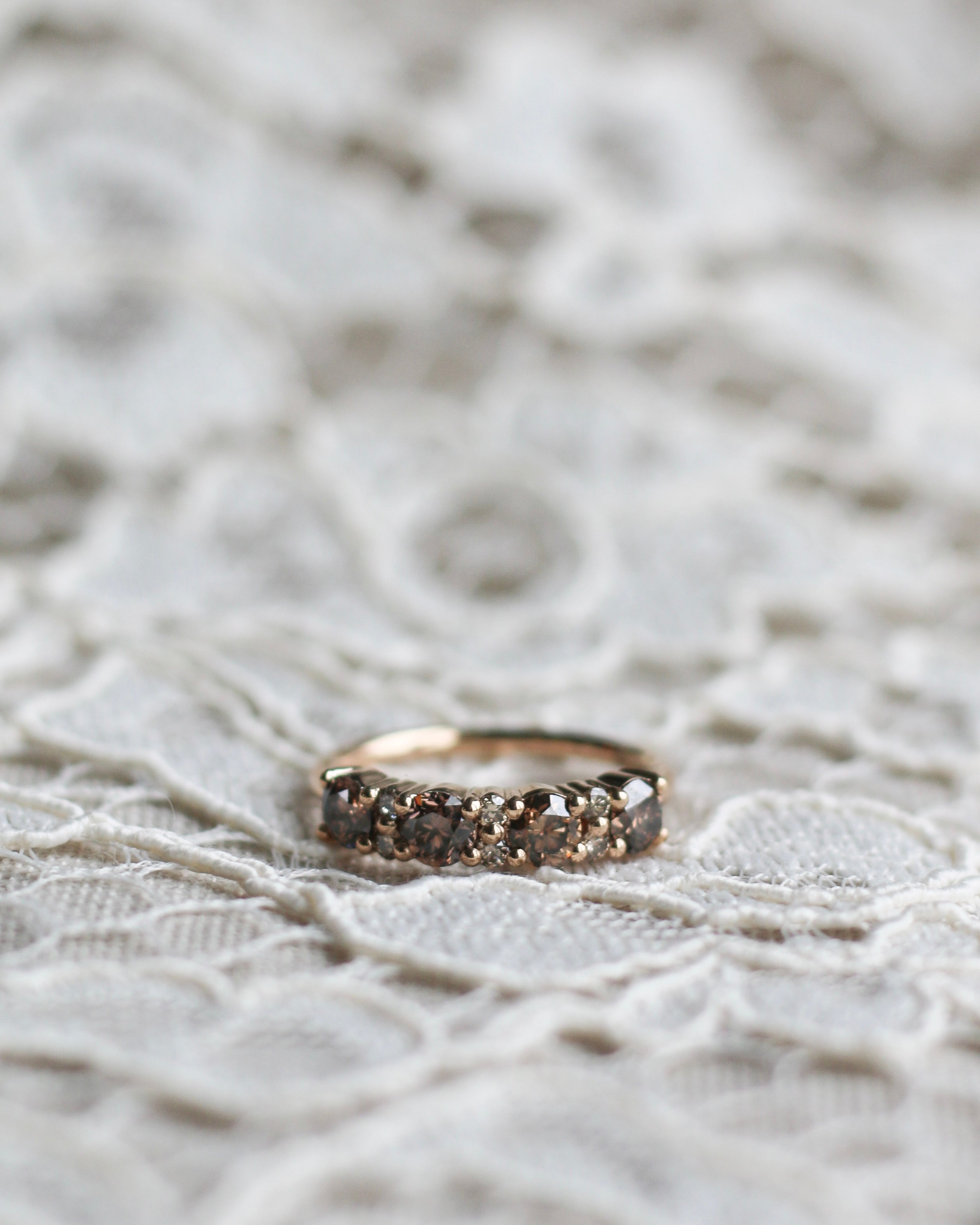
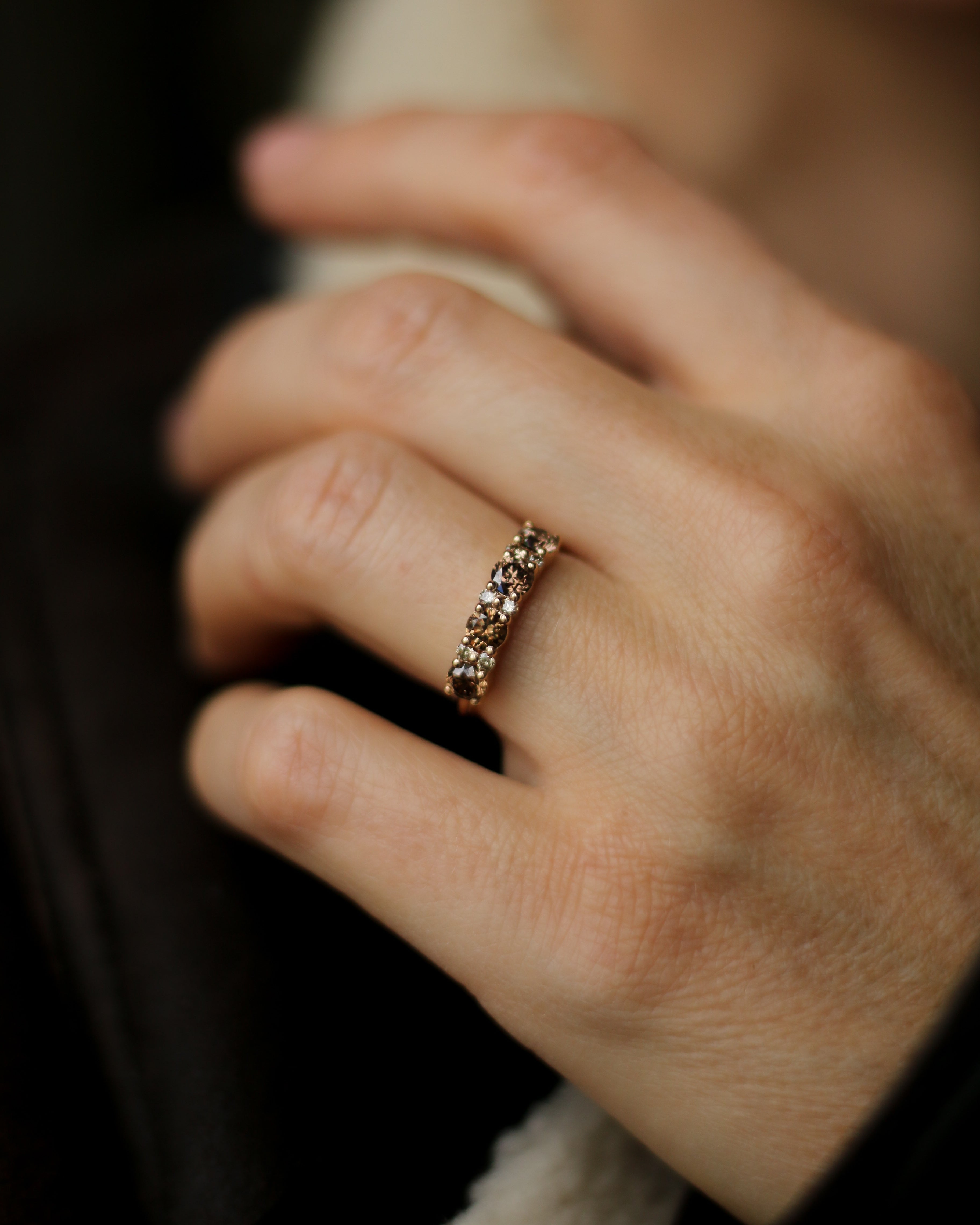



Leave a comment